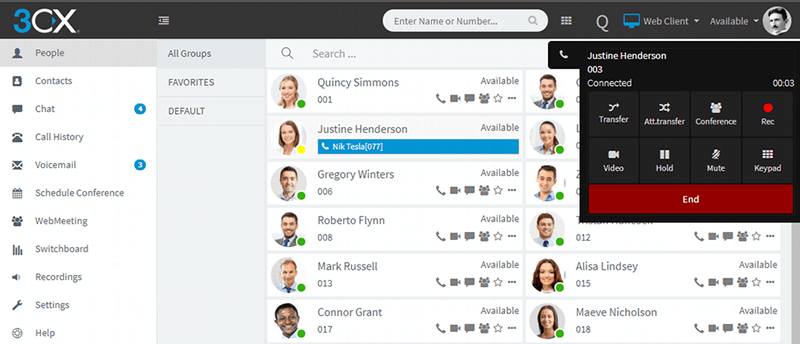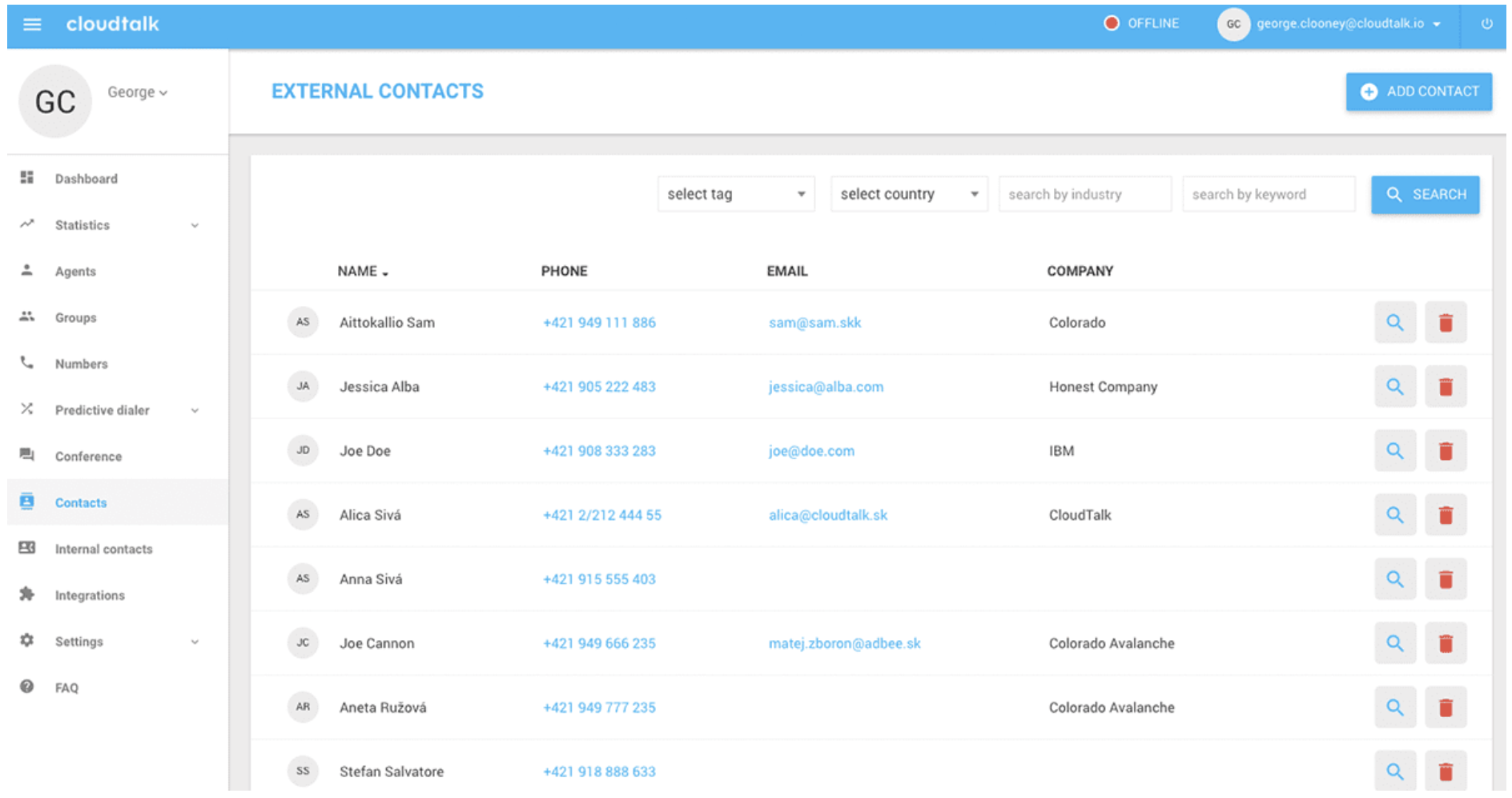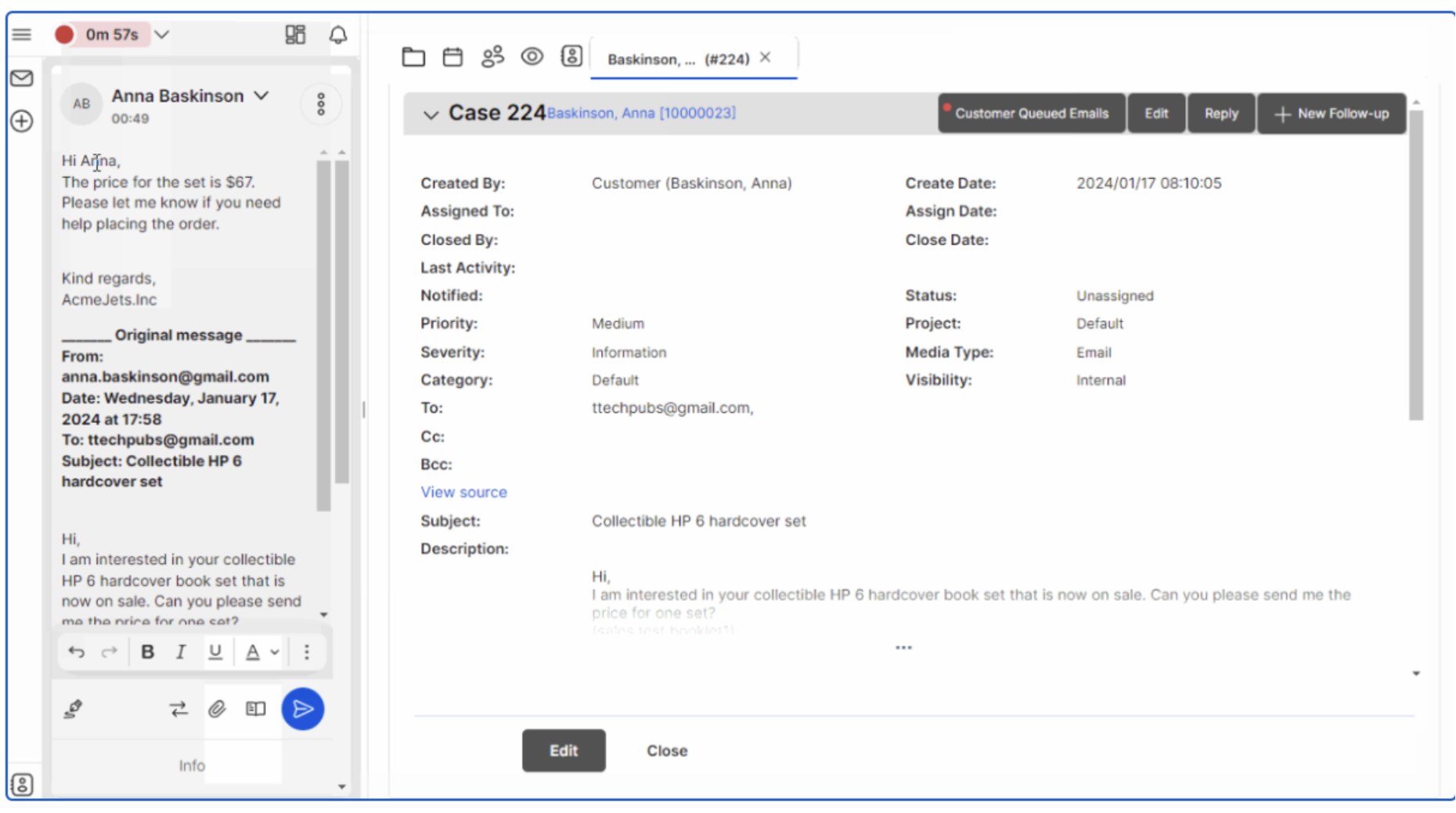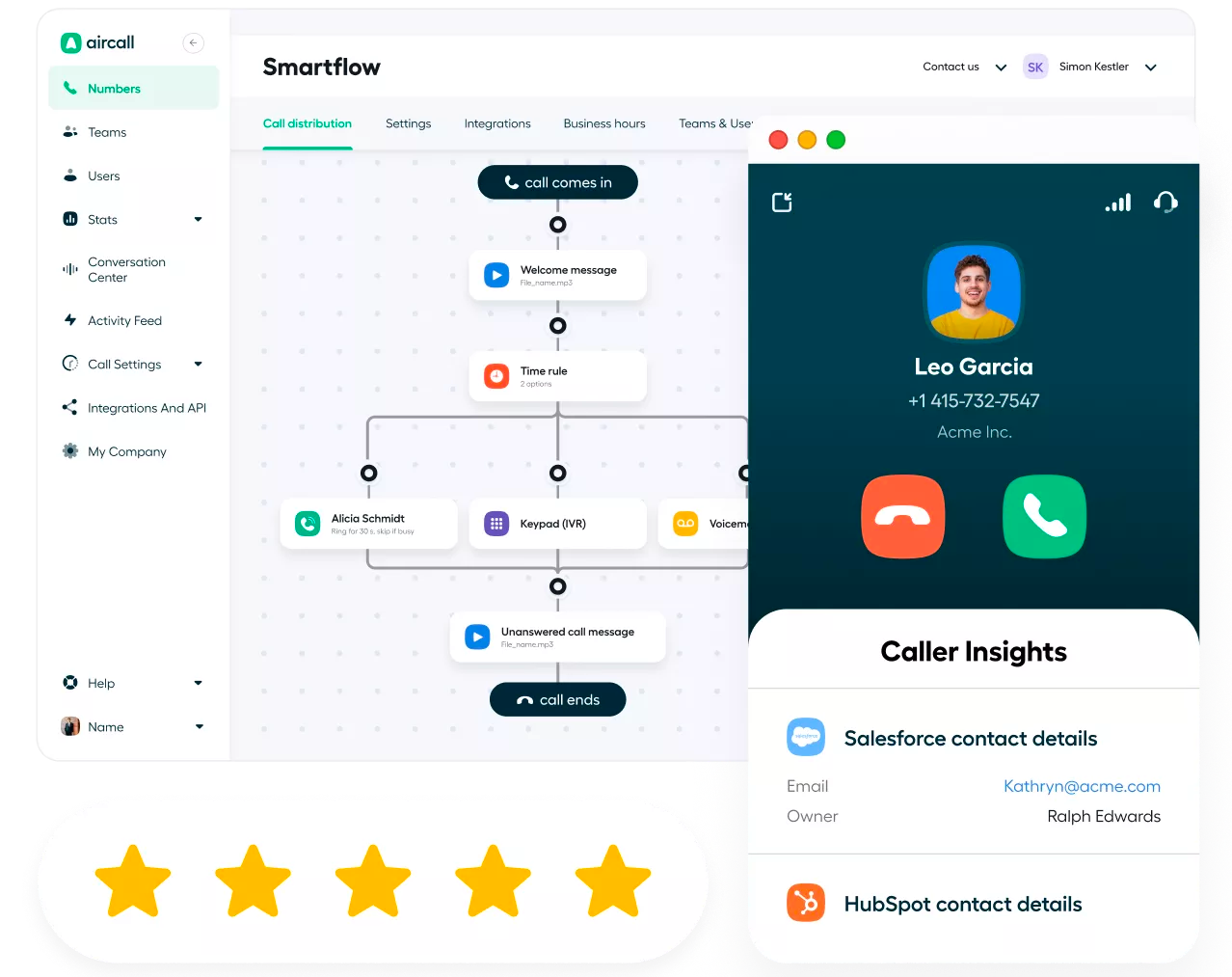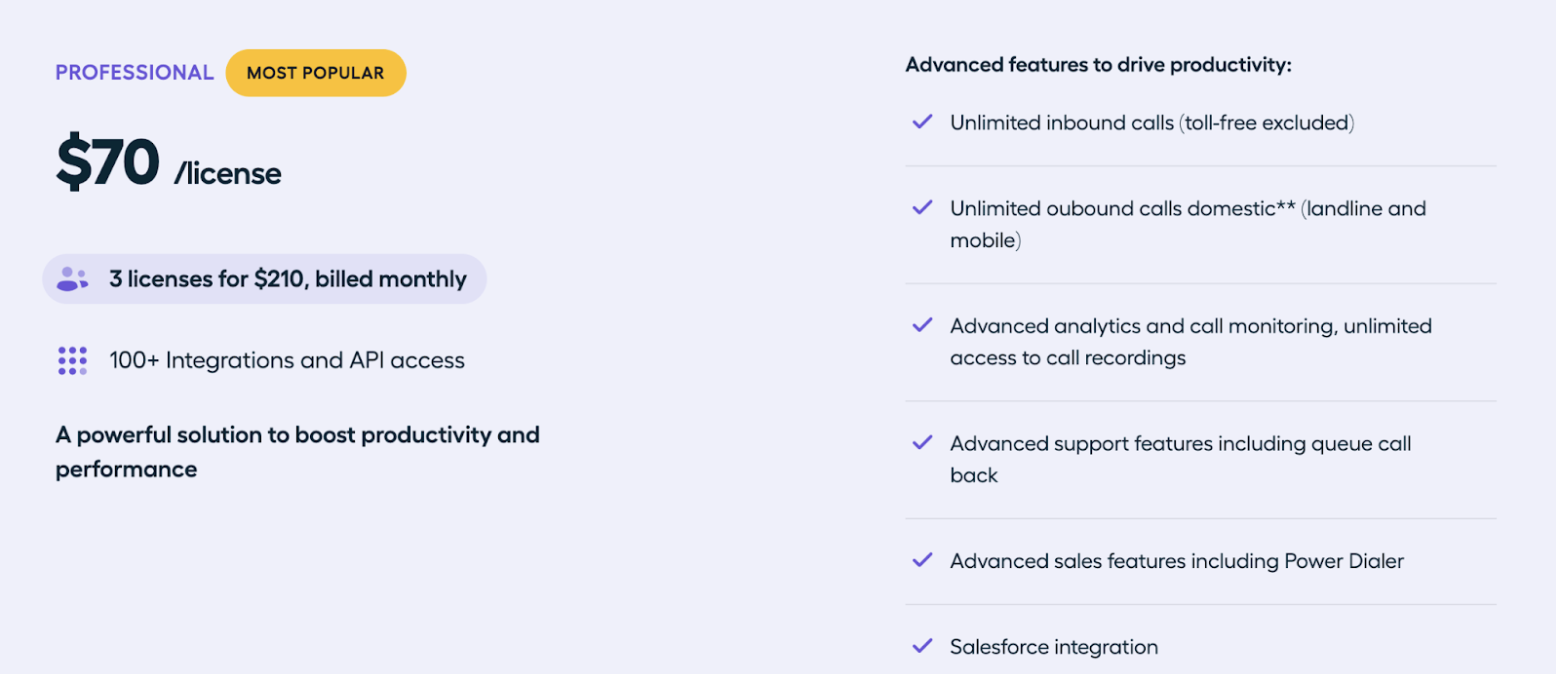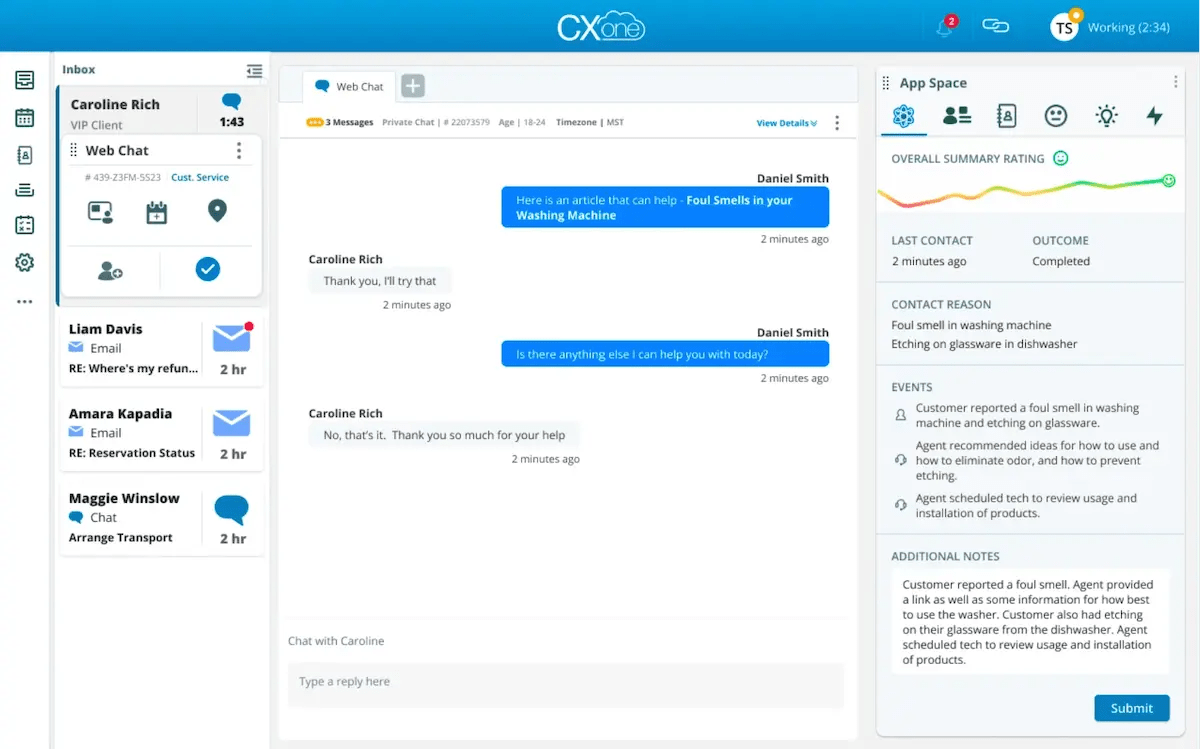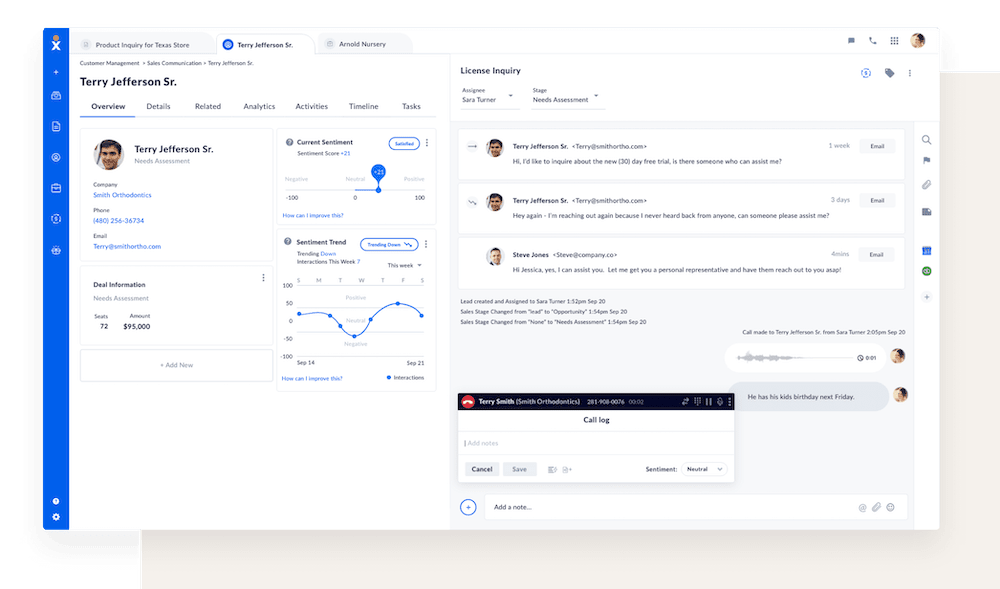The rise of remote work hasn’t rendered conference phones obsolete. Especially for businesses with on-site or hybrid teams, dedicated VoIP conference phones provide clear and reliable audio for everyone in the meeting room, ensuring a smooth and focused experience.
This guide explores the top 5 VoIP conference phones for businesses in 2024, along with key considerations and alternatives to help you choose a VoIP conference system that best suits your communication needs.
Top 5 VoIP Conference Phones for 2024
The best VoIP conference phones are easy to use, offer flexibility, and provide the best value for your money.
Here are the five top-rated conference room phones categorized based on ideal use cases.
At a glance comparison chart:
| VoIP Conference Phone | Best for | Microphone Pickup Range | No. of Microphones | Connectivity | Price |
|---|---|---|---|---|---|
| Poly Trio 8300 | Small conference rooms | 12 feet | 1 | Wi-Fi, Bluetooth, PoE/Ethernet+Power | $540 or ($19.90/mo) |
| Poly Trio 8800 | Medium to large conference rooms | 20 feet | 3 (up to 6 with expansion mics) | Wi-Fi, Bluetooth, PoE/Ethernet+Power | $900 or ($32.40/mo) |
| Poly Sync 20 | Small conference rooms & personal use | 7 feet | 3 | Bluetooth, USB-A | $170 |
| Yealink CP935W | Small to medium conference rooms | 20 feet | 6 | Wi-Fi, Bluetooth, DECT, PoE | $512.50 |
| Yealink CP965 | Medium & large conference rooms | 360° (with expansion mics) | 13 (with expansion mics) | Wi-Fi, Bluetooth, PoE/Ethernet+Power | $540 |
1. Poly Trio 8300
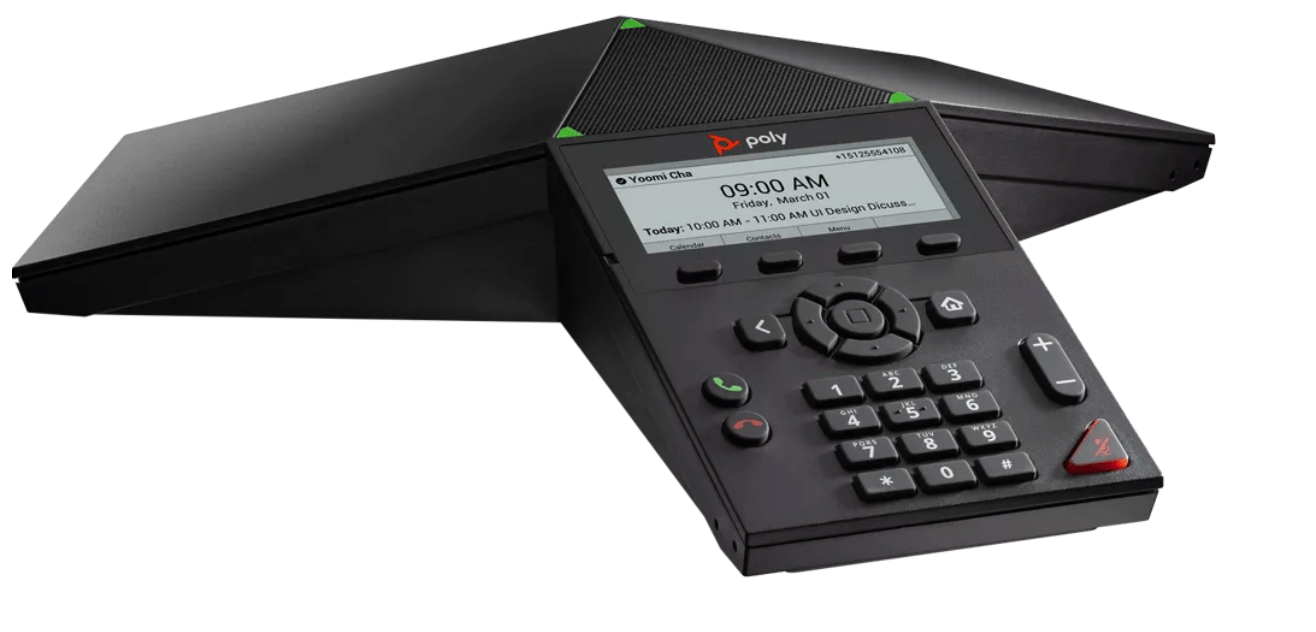
Perfect for small conference rooms, the Poly Trio 8300 is a user-friendly wireless conference phone that offers clear audio, a 12-foot microphone pickup range, and three-way connectivity. It lacks a fancy LCD touchscreen but excels in affordability.
Top Features
- Cordless IP conference phone
- Wi-Fi and Bluetooth compatibility
- Power over Ethernet (PoE), Ethernet + power supply, and Wi-Fi connectivity
- 60+ communication platforms, including Zoom, Avaya, and Nextiva
- One-touch join for meeting and conference calls
- Monochrome display
- HD audio, full-duplex speakerphone, and echo reduction
Best for: Small conference rooms
Price: $540 or $19.90/month
2. Poly Trio 8800
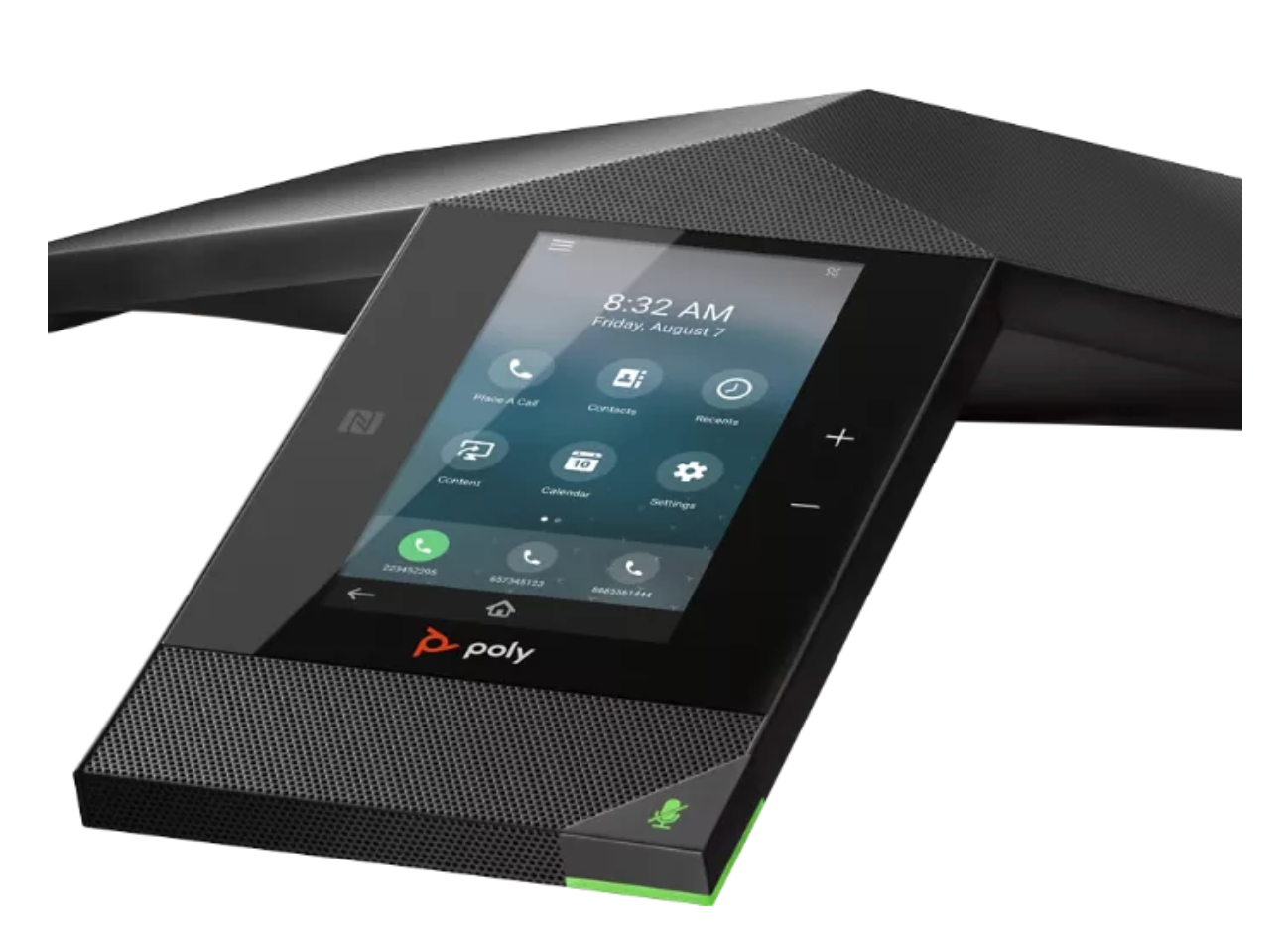
Transform your large conference room with the Poly Trio 8800 VoIP conference phone. It boasts superior voice quality, a 5-inch color LCD touchscreen, and up to three microphones for crystal-clear communication.
However, a slightly older processor on this corded phone can cause touch-response lags, especially with Microsoft Teams.
Top Features
- Wi-Fi and Bluetooth compatibility
- 5-inch color touchscreen display
- PoE, Ethernet + power supply, and Wi-Fi connectivity
- 20-foot microphone pickup range
- HD audio, full-duplex speakerphone, echo cancellation, and noise suppression
- One USB-A port and one USB-C port
Best for: Medium to large conference rooms
Price: $900 or $32.40/month
3. Poly Sync 20
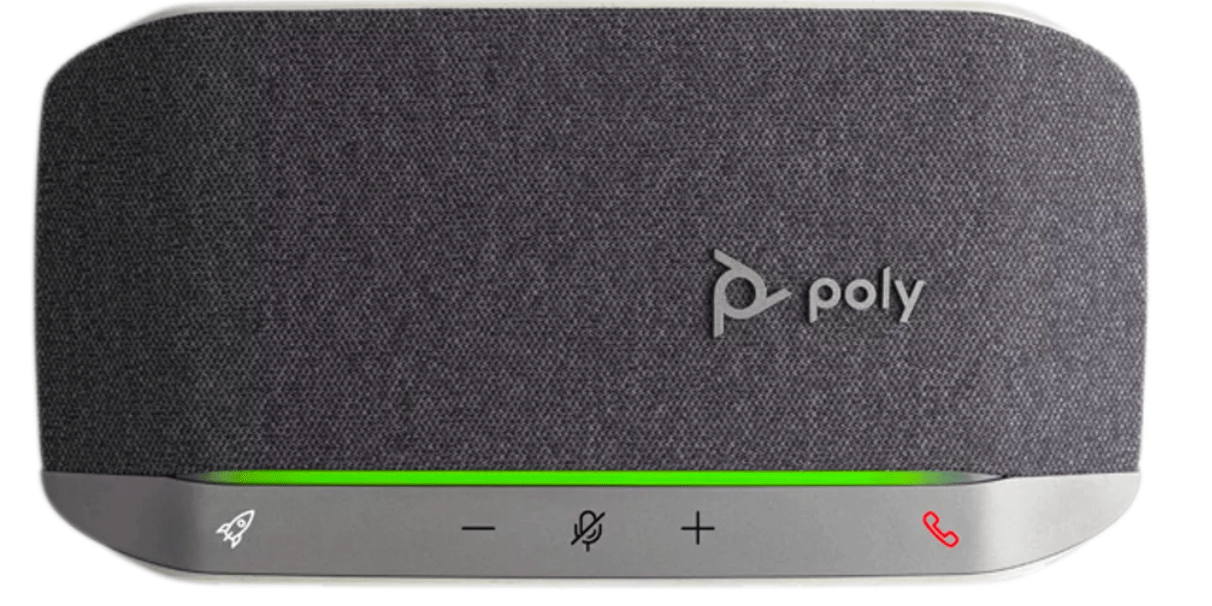
The Poly Sync 20 is a portable Bluetooth speakerphone ideal for personal use, remote workers, small huddles, or conference rooms. It offers high-quality audio with a 360-degree microphone pickup range and noise cancellation and connects seamlessly to various platforms.
Keep in mind it lacks Wi-Fi connectivity and has limited VoIP functionalities.
Top Features
- Bluetooth and USB-A connectivity
- Four hours of charge time and 20 hours of talk time
- Three microphones
- 7-foot microphone pickup range
- One USB-A port
- Full-duplex speakerphone, noise cancellation, and echo reduction
Best for: Small conference rooms and personal speakerphone
Price: $170
4. Yealink CP935W

The Yealink CP935W is a top-rated IP conference phone with a wireless mic that offers a 20-foot microphone pickup range and supports up to 10 participants, ideal for small to medium conference rooms.
Its 5-inch touchscreen simplifies call management, and the built-in battery provides 24 hours of talk time. However, it requires PoE and may need an additional adapter for specific setups.
Top Features
- Wi-Fi and Bluetooth compatibility
- 4-inch color touchscreen display
- DECT and Wi-Fi connectivity
- 164-foot DECT range
- 16 hours DECT talk time
- Six microphones with a 20-foot microphone pickup range
- HD audio, full-duplex speakerphone, and Smart Noise Filtering
- One USB-C port
Best for: Small to medium conference rooms
Price: $512.50
5. Yealink CP965

Experience crystal-clear audio with the award-winning Yealink CP965. Featuring a 13-microphone array, a wireless microphone, a sleek design, and Bluetooth/Wi-Fi connectivity, it eliminates background noise with advanced acoustic technologies.
The optional CPW65 expansion microphones use DECT technology to pair with the CP965 conference phone, adding a 32-foot voice pickup range.
Top Features
- Wi-Fi and Bluetooth connectivity
- 5-inch color touchscreen display
- PoE, Ethernet + power supply, and Wi-Fi connectivity
- 13 microphones
- 20-foot microphone pickup range
- HD audio, full-duplex speakerphone, and Smart Noise Filtering
- USB-A and USB-C ports
Best for: Medium and large conference rooms
Price: $540
Benefits of VoIP Conference Phones
Here’s why smart businesses, especially hybrid teams, invest in a VoIP conference phone:
- Dedicated calling experience: Unlike softphones, conference phones provide a dedicated device solely focused on audio conferencing. This translates to a more reliable and consistent experience compared to juggling calls on laptops or desktops.
- Superior audio quality: Conference phones are designed for clear audio pickup and noise reduction. Everyone in the meeting room can be heard clearly, even during discussions or brainstorming sessions.
- Simplified call management: Features like one-touch dialing, call recording, and easy muting functions streamline call management within the meeting room. You don’t need complex software navigation on laptops or desktops.
- Improved collaboration: Conference phones often have larger speakerphones and 360-degree microphone pickup, facilitating smoother group discussions and presentations. They facilitate better collaboration and active participation from all in-person attendees.
- Integration with existing systems: Most VoIP conference phones seamlessly integrate with popular unified communications platforms like Zoom, Microsoft Teams, and Cisco Webex, so you can centralize call management and easily schedule conference calls.
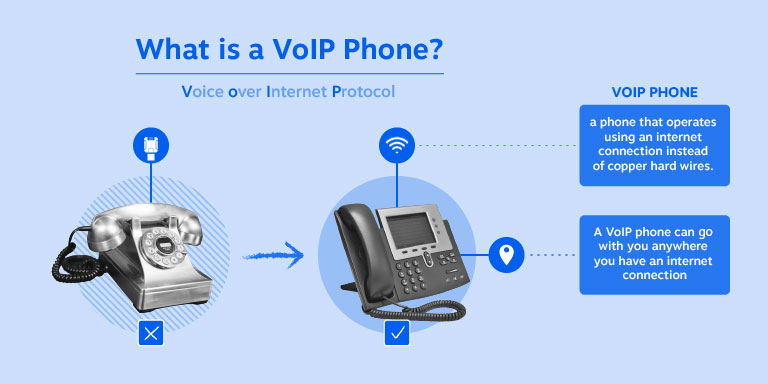
Alternatives to VoIP Conference Phones
While VoIP conference phones offer a dedicated solution, here are some alternatives to consider:
- USB speakerphones: These compact and portable desk phones offer a cost-effective option for small meeting rooms or individual use. However, their microphone range may be limited.
- Softphone apps with conferencing features: Many unified communication platforms integrate conferencing features, eliminating the need for dedicated hardware. While convenient, audio quality may suffer in noisy environments.
- Cloud-based conferencing services: These services allow participants to join conference calls using web browsers or mobile apps. They offer flexibility but may require a stable internet connection and can lack the dedicated functionality of conference phones.
- Wireless VoIP conference systems: For larger rooms, wireless VoIP conference phones consist of multiple microphone units for wider coverage. They offer superior audio but can be expensive and require professional installation.
When evaluating conference phones, consider factors like voice quality, compatibility with headsets, and analog or digital connectivity options.
Some businesses may find that a combination of solutions works best, such as using USB speakerphones for smaller meetings and wireless conferencing systems for SIP phones for larger gatherings.
Choosing the Right VoIP Conference Phone
When selecting a VoIP conference phone, consider the following factors:
- Room size and number of participants: Choose a phone with a microphone range that covers the entire meeting space and enough microphones to accommodate the typical number of attendees.
- Audio quality requirements: HD audio is key. High-end models offer advanced noise reduction and echo cancellation for optimal sound quality.
- Ease of use: Look for user-friendly features like intuitive menus and one-touch controls for effortless call management. LCDs on many modern conference phones allow for easy call management and on-screen controls.
- Connectivity: Choose between wired (PoE) or Wi-Fi connectivity based on your network setup. Some models also offer Bluetooth functionality for pairing with mobile devices. For paging and broadcasting capabilities, wireless microphones can integrate with certain conference phone systems.
- Battery life (portable models): If portability is important, consider the battery life to ensure it lasts throughout your meetings.
- Supported codecs: Codecs determine how audio data is compressed during transmission. Look for phones that support high-quality codecs like G.722 for superior audio clarity.
- Security: Consider models that offer encryption for sensitive conference calls.
- Warranty: Don’t forget warranties when investing in a high-end conference phone solution.
Nextiva: Get the Best Cloud Phone Service
Once you’ve decided on the best VoIP conference phone for your business meetings, the next step is choosing an equally excellent cloud phone service.
Conference phones are only as good as the service that powers them. So, you need a trusted business phone partner that guarantees 24/7 support, easy setup and usage, and a wide range of functions within your budget.
That’s where Nextiva comes in. Our cloud phone service is pre-configured and ready to use and offers easy admin functionality. On top of that, Nextiva has your team covered with live help whenever you need it.
Add compatible conference phones to your shopping cart when upgrading your business’s telephony setup with Nextiva.
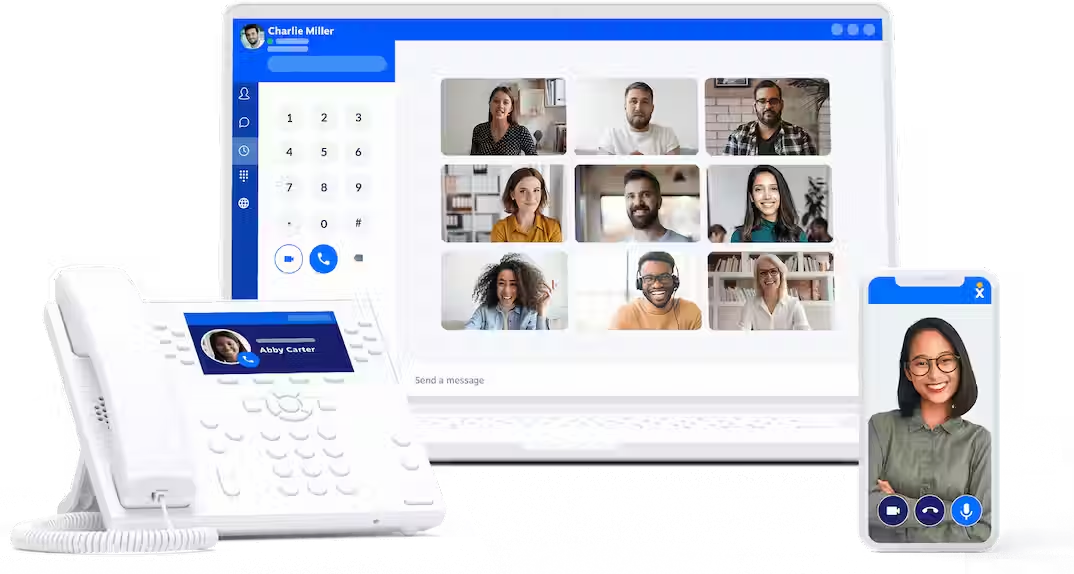
VoIP Conferencing Phones FAQs
Find answers to common VoIP conferencing phone questions.
The cost of a conference phone can vary depending on the brand, features, and quality. Some basic models can be found for under $100, while more advanced models can cost upwards of $500 or more.
Conference room phones should be used in physical meeting rooms. These phones have high-quality audio systems, great microphone pickup ranges, and various connectivity options to suit your needs.
Nextiva’s enterprise VoIP system is the best business phone system for large companies. It offers many advanced features, such as call forwarding, voicemail, and auto attendant. It’s secure and scales as your business grows.
What are the different types of VoIP phones?
VoIP phones are categorized into hardware-based and software-based types.
Hardware VoIP Phones:
– Desktop phones with a handset, keypad, speakerphone, and display screen.
– USB phones connecting directly to a computer.
– Wireless phones with Wi-Fi or DECT connectivity for mobility.
– Conference phones designed for group calls with built-in microphones and speakers.
Software VoIP Phones (Softphones):
– Software applications for making and receiving VoIP calls on computers, tablets, or smartphones.
– Suitable for users who are always on the move or don’t need a dedicated phone device.
Popular VoIP phone manufacturers include Nextiva, Cisco, Yealink, Grandstream, Polycom, VTech (popular for cordless phones), and Fanvil. The choice depends on factors like budget, usage patterns, and desired features.
The exact process for setting up a conference phone depends on the model and manufacturer. Typically, you’ll need to connect the phone to a power source and configure specific settings to use it. Check this guide to set up conference calling in Nextiva.
Yes, conference phones are still used in 2024, especially in shared workspaces for in-person meetings. However, softphones and video conferencing apps are becoming more popular for hybrid and remote teams.




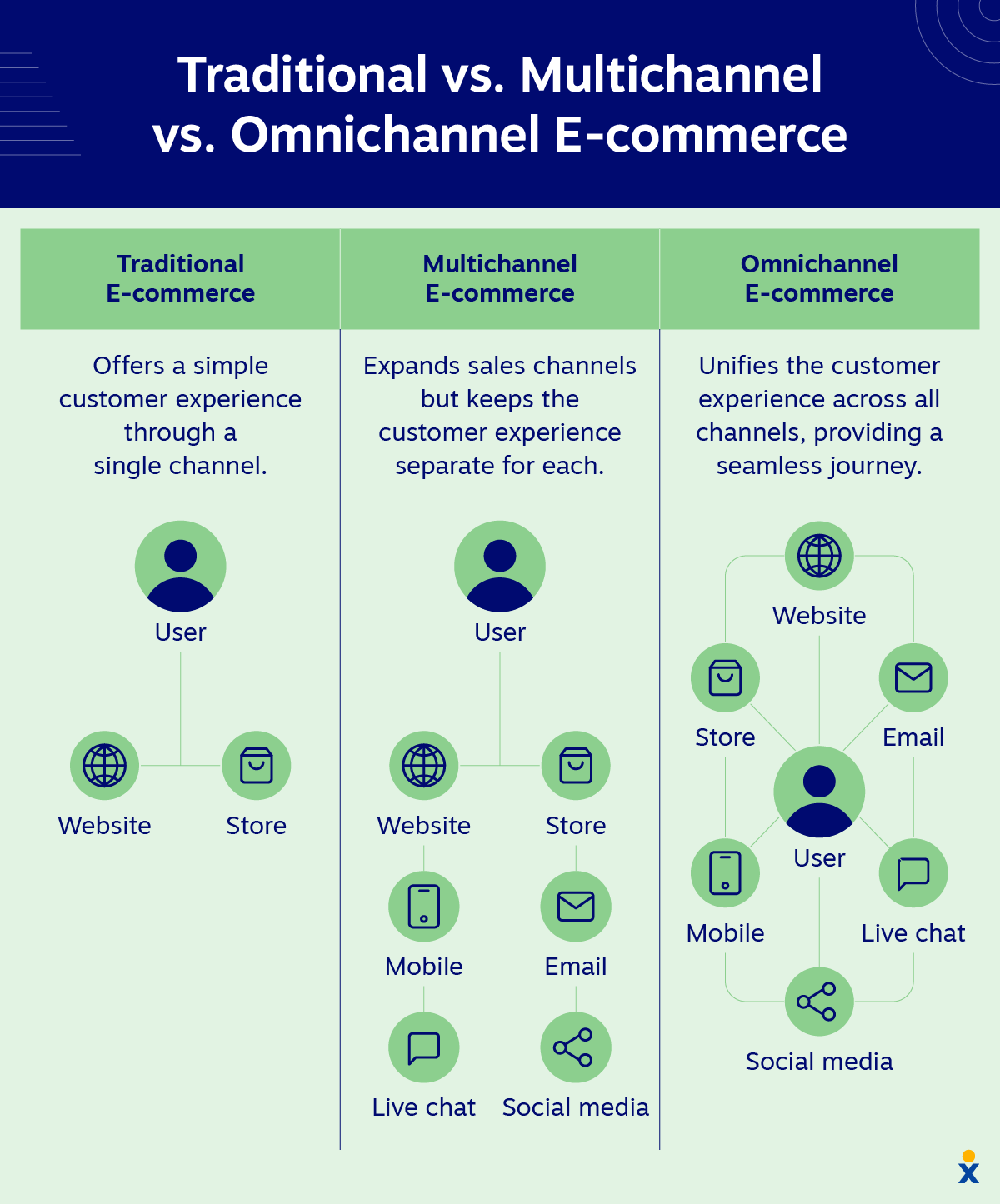




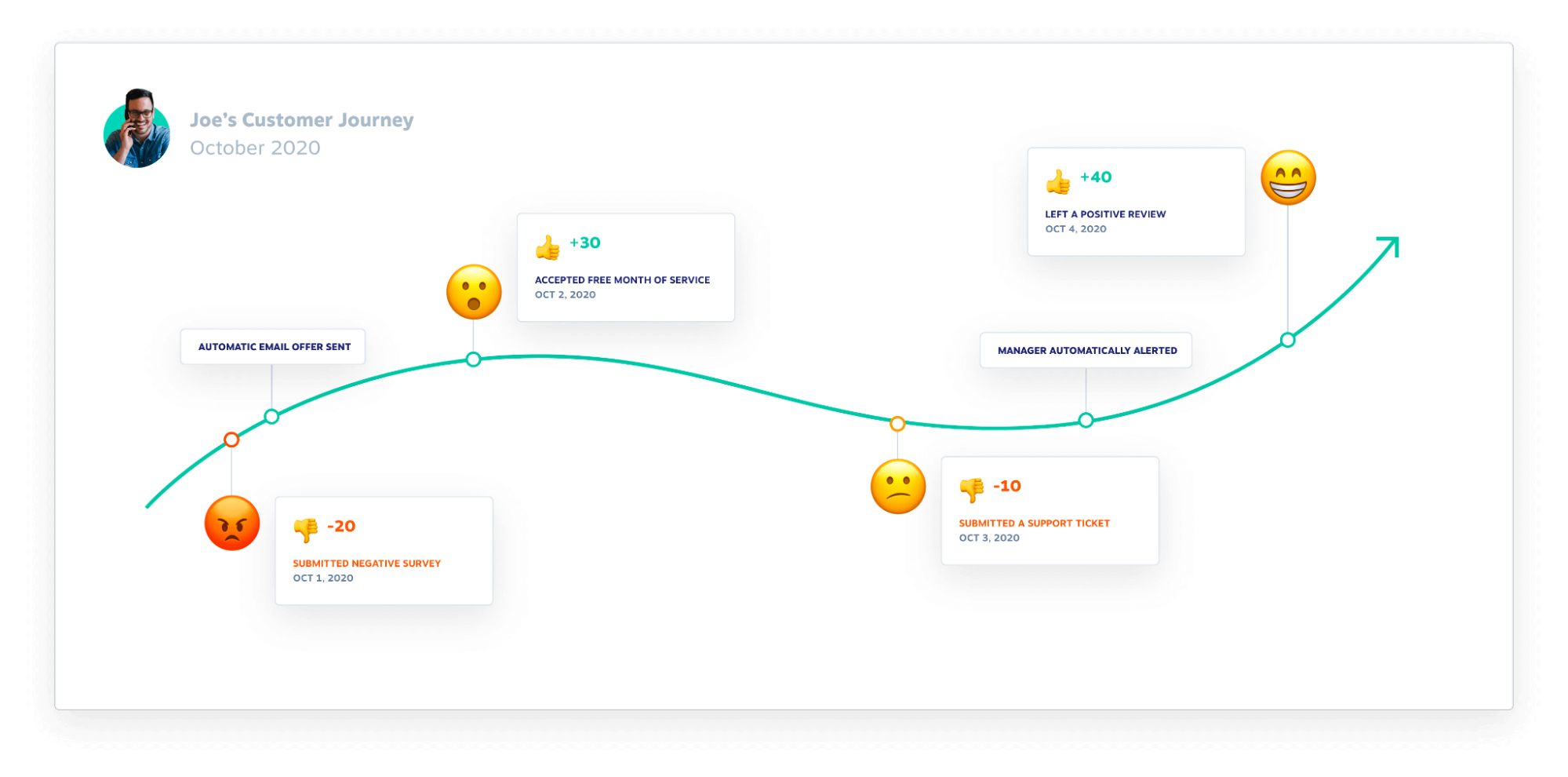




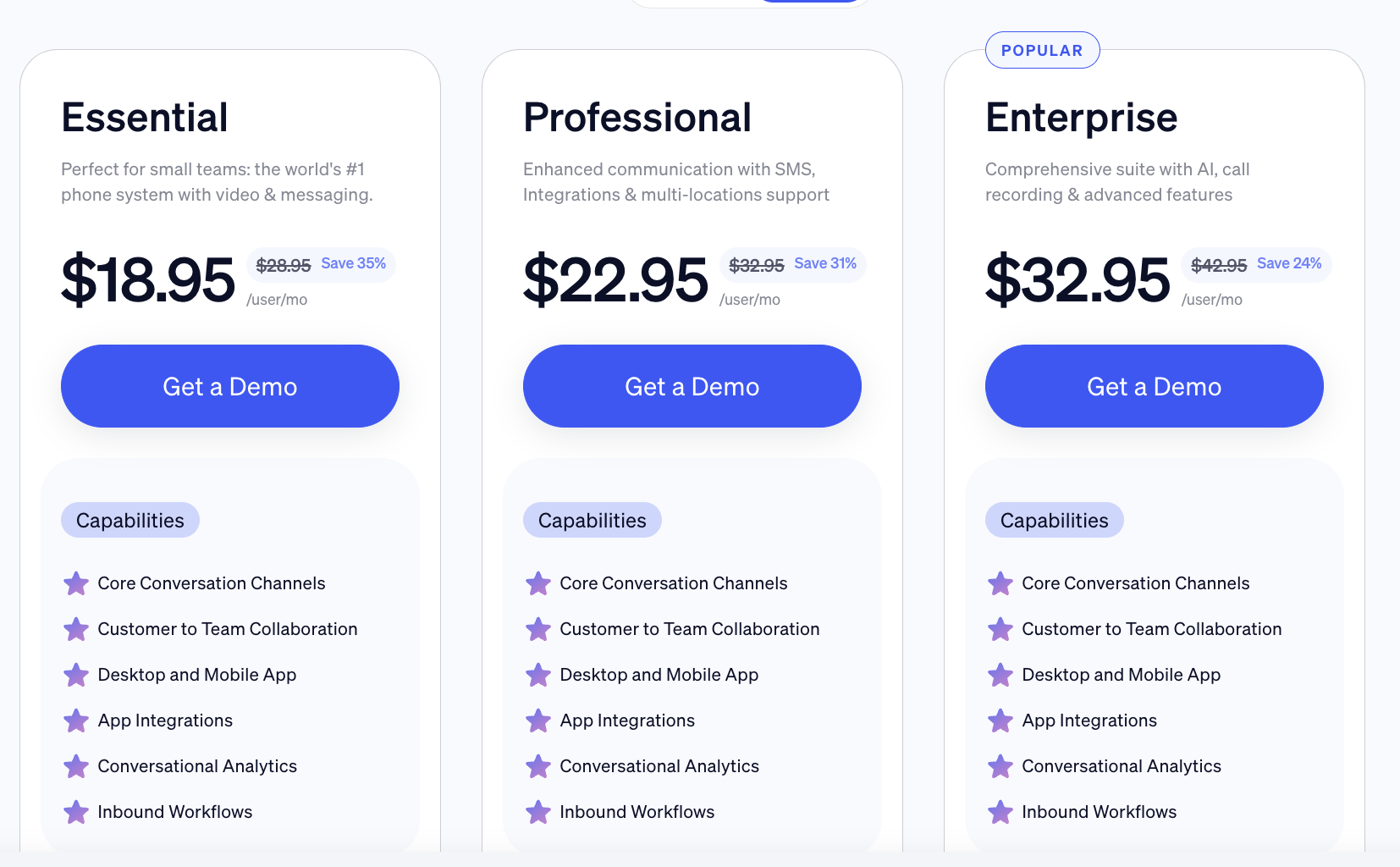
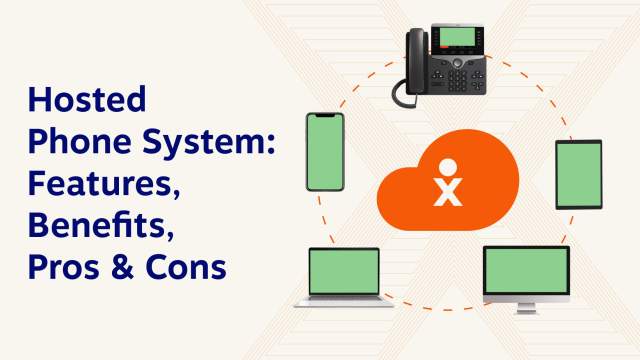
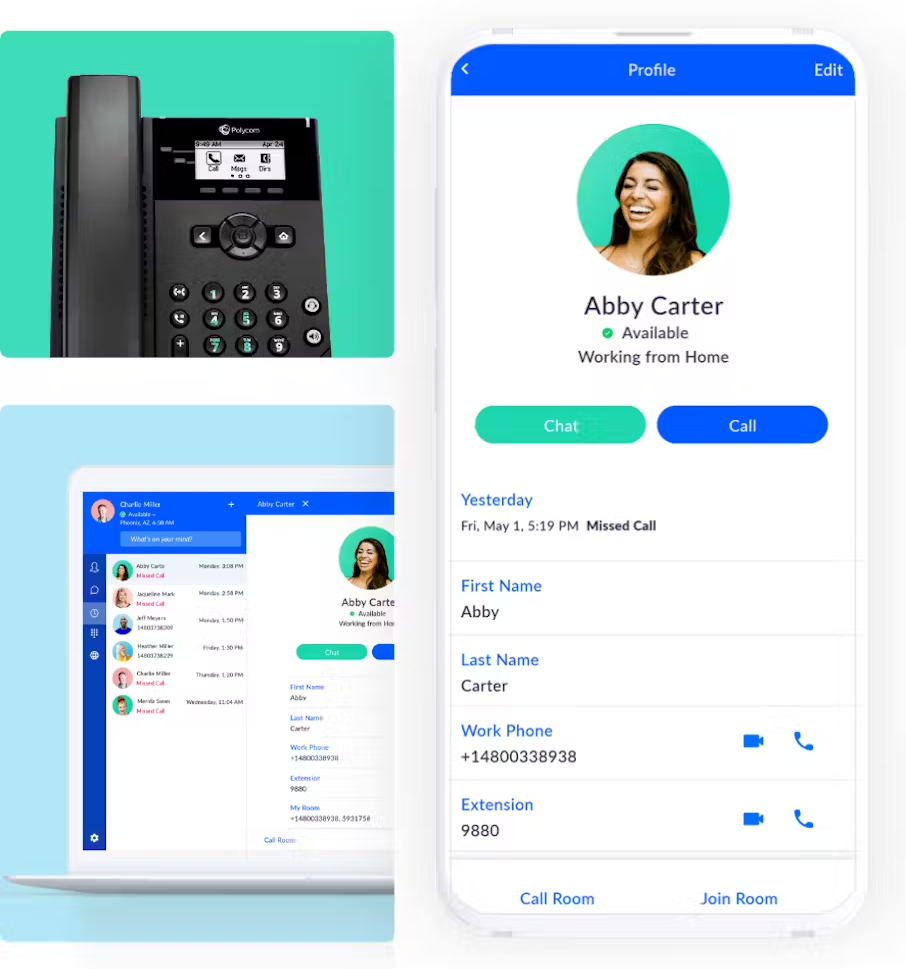

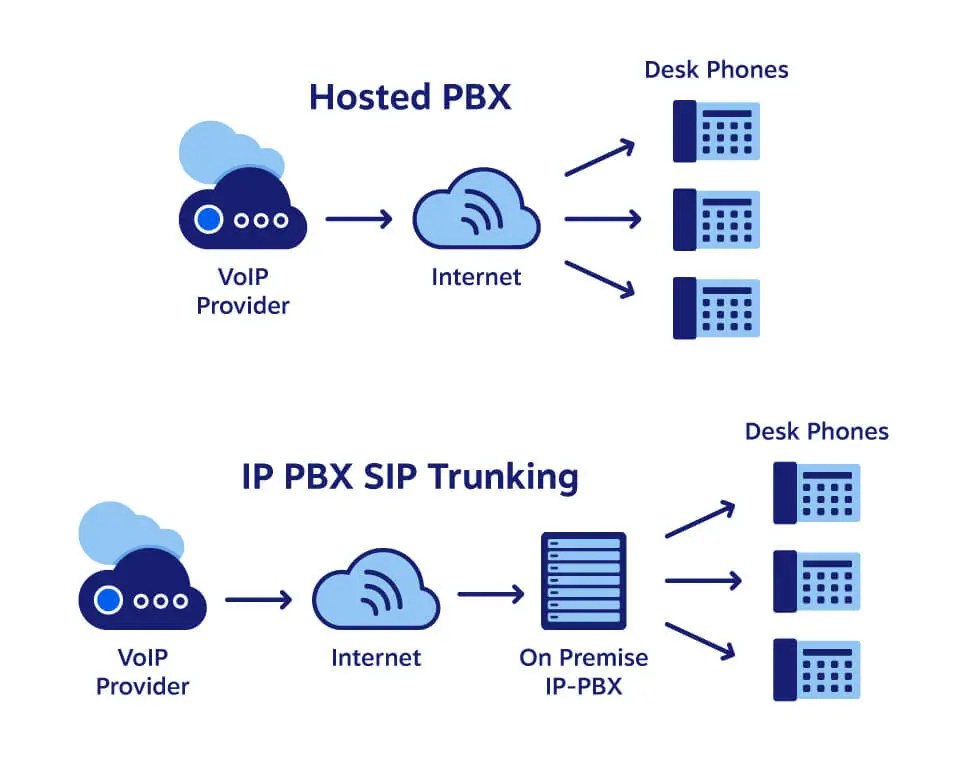


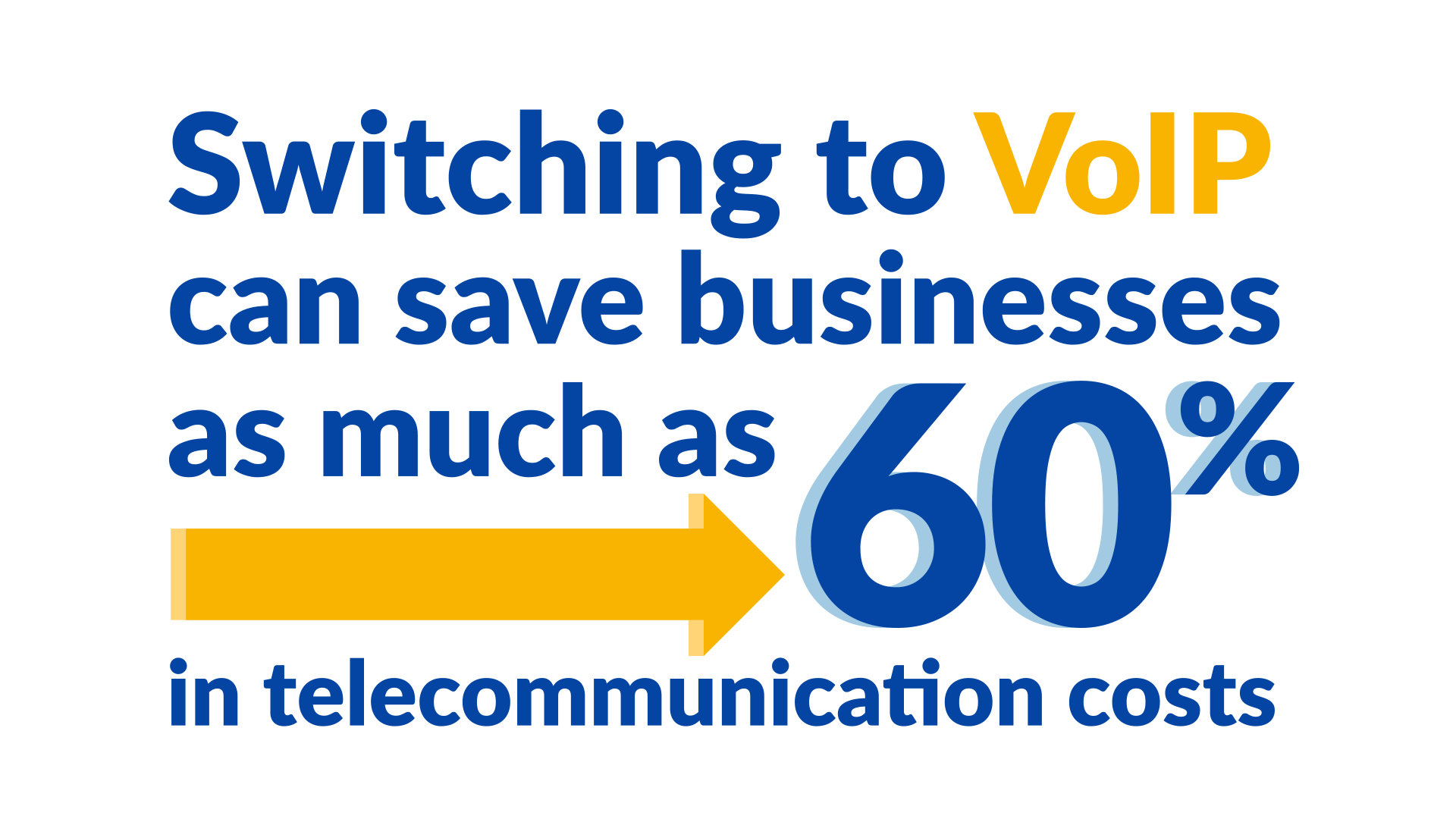

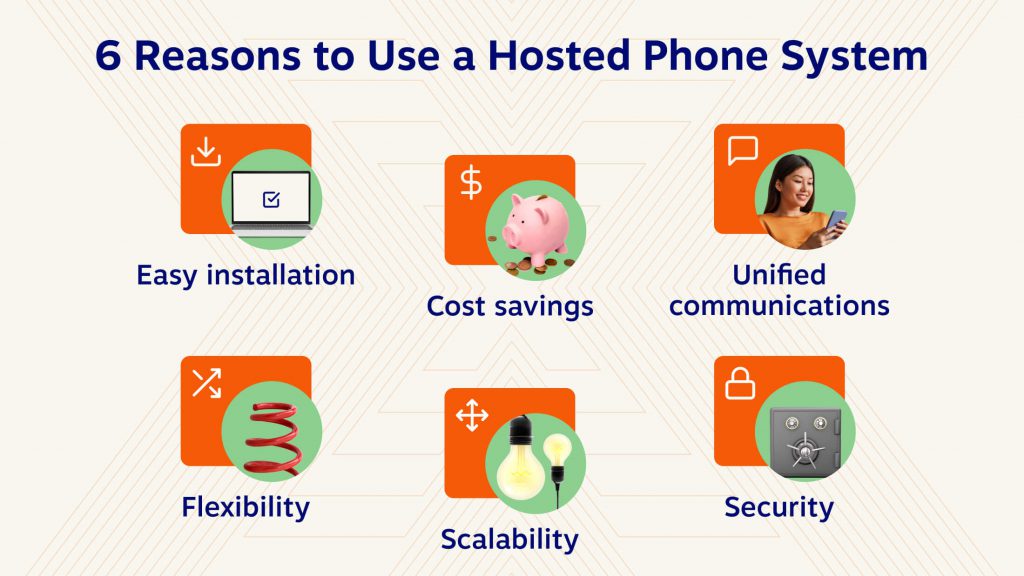
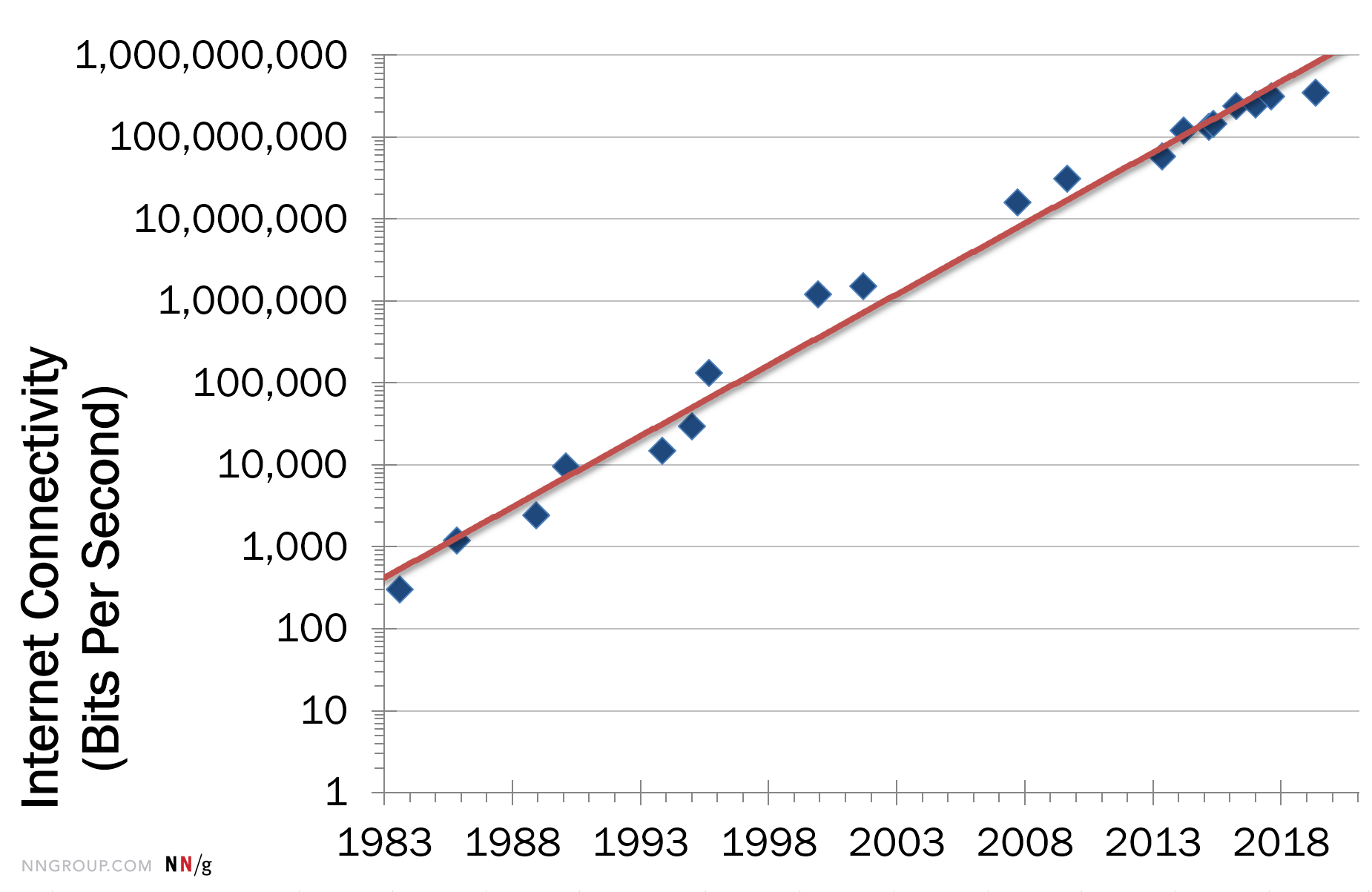


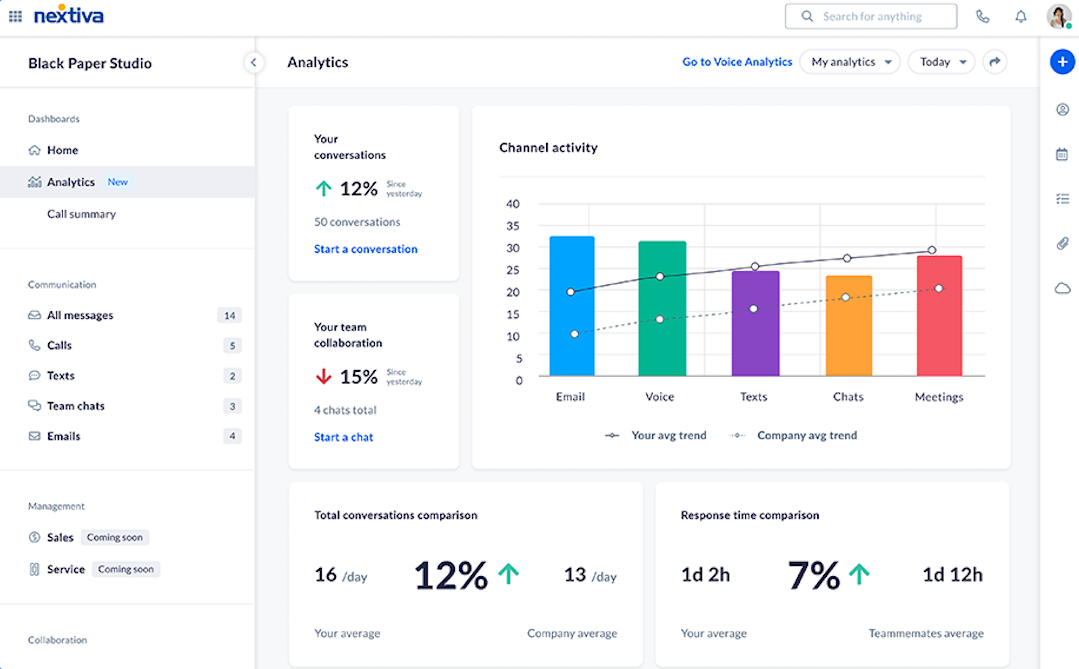
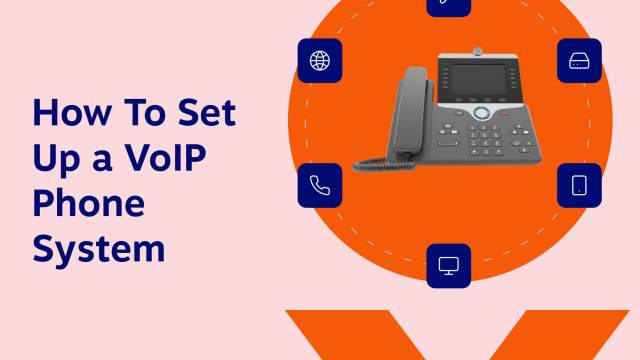
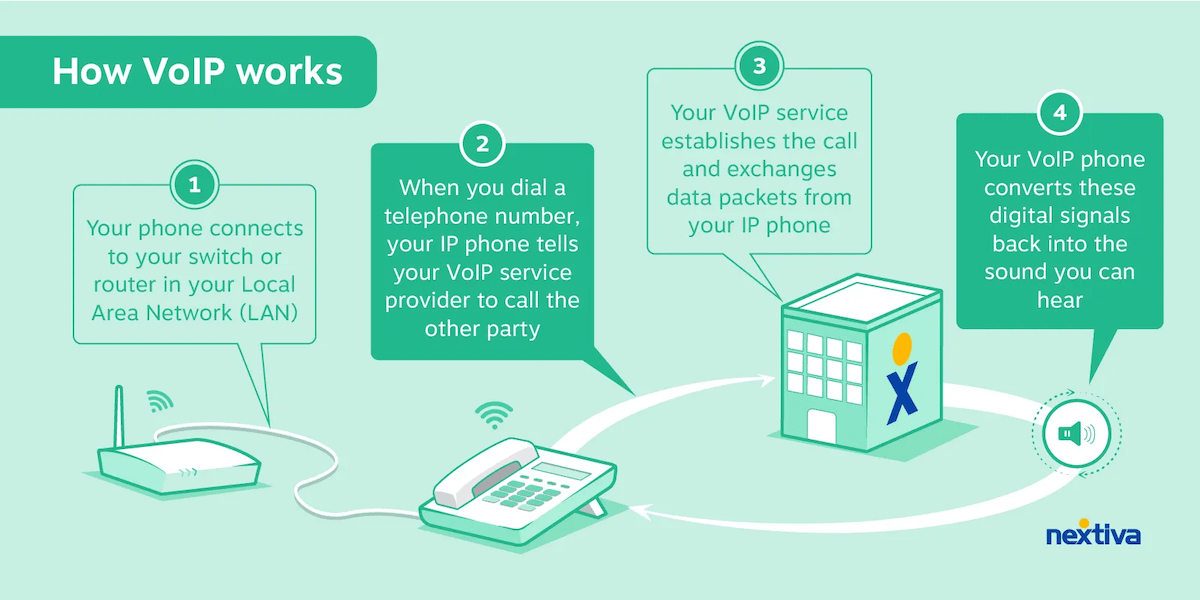

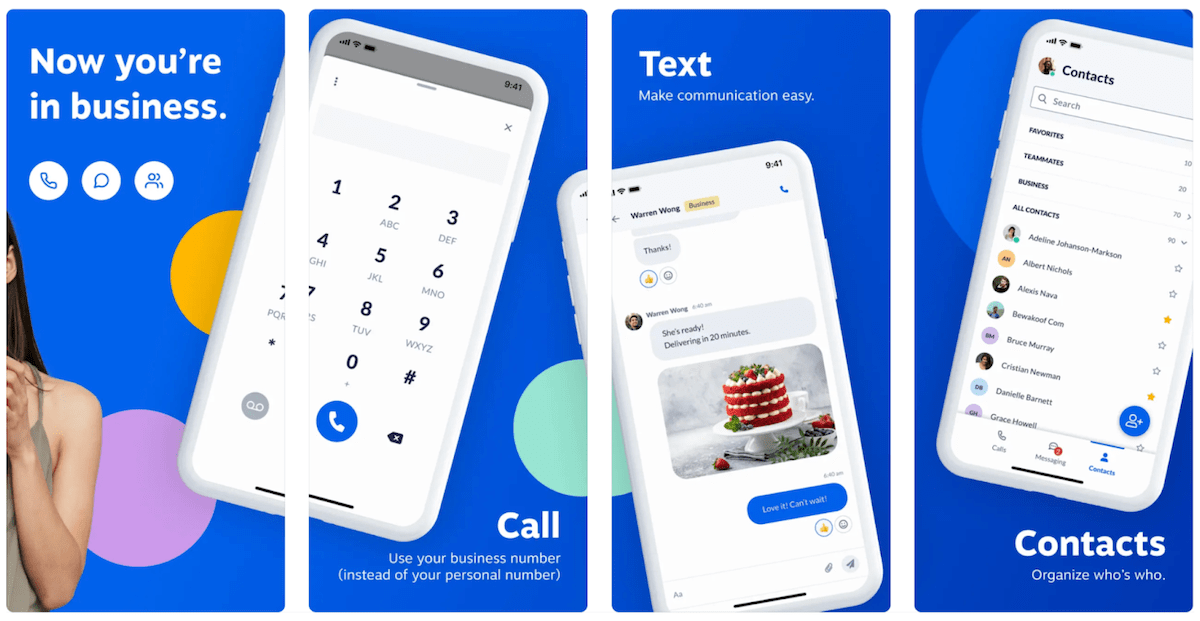
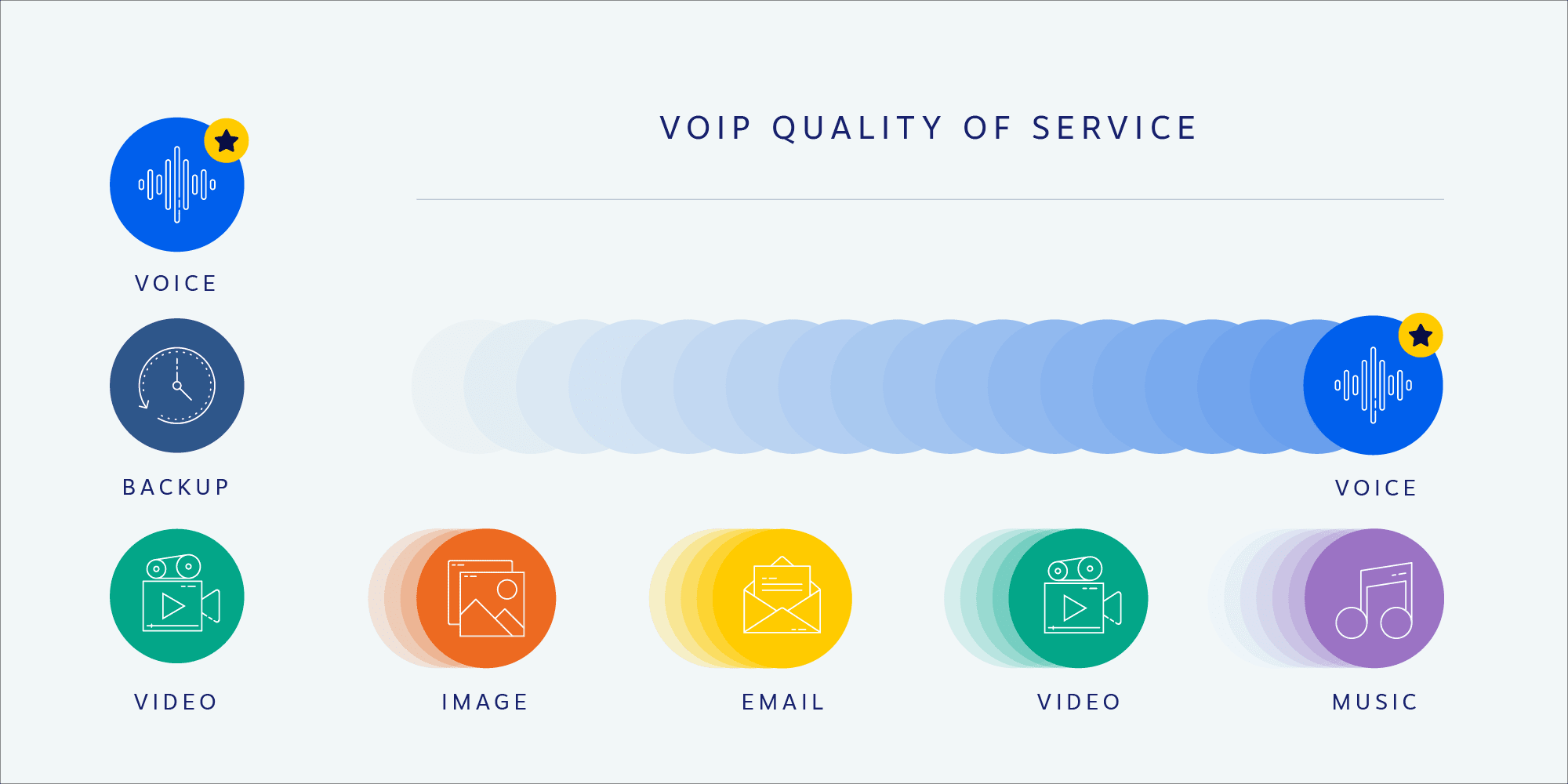
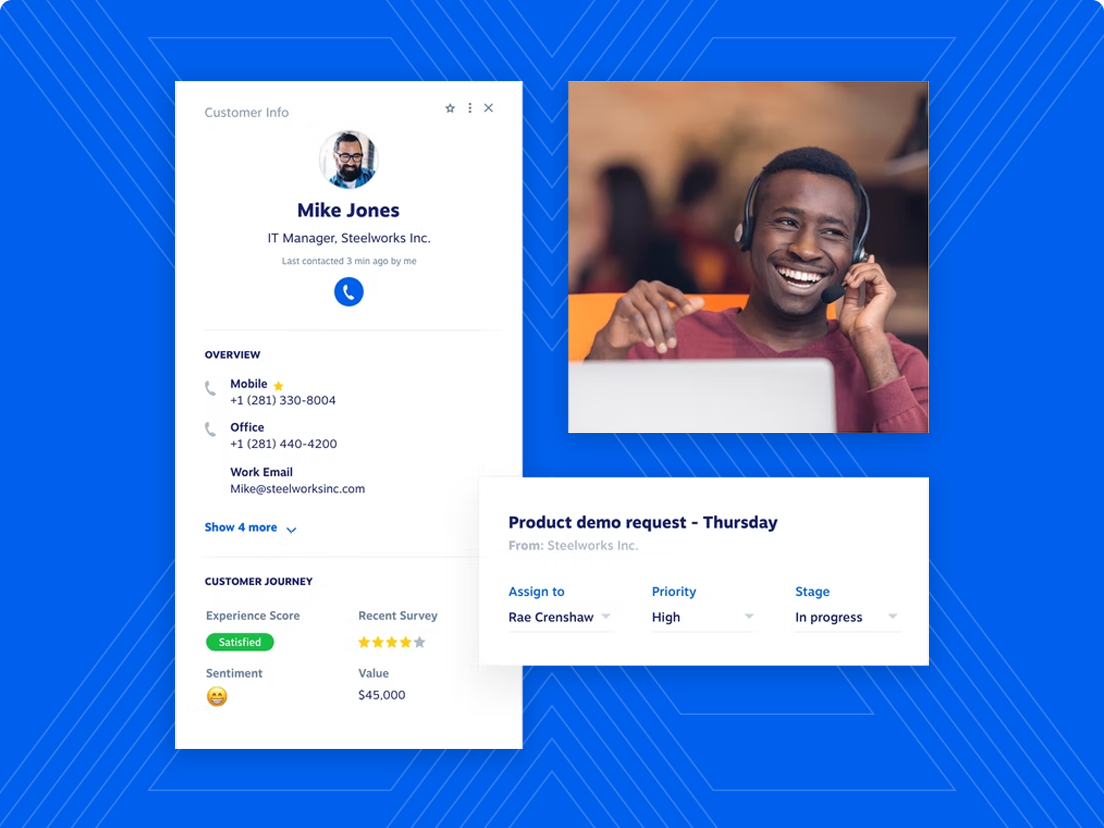
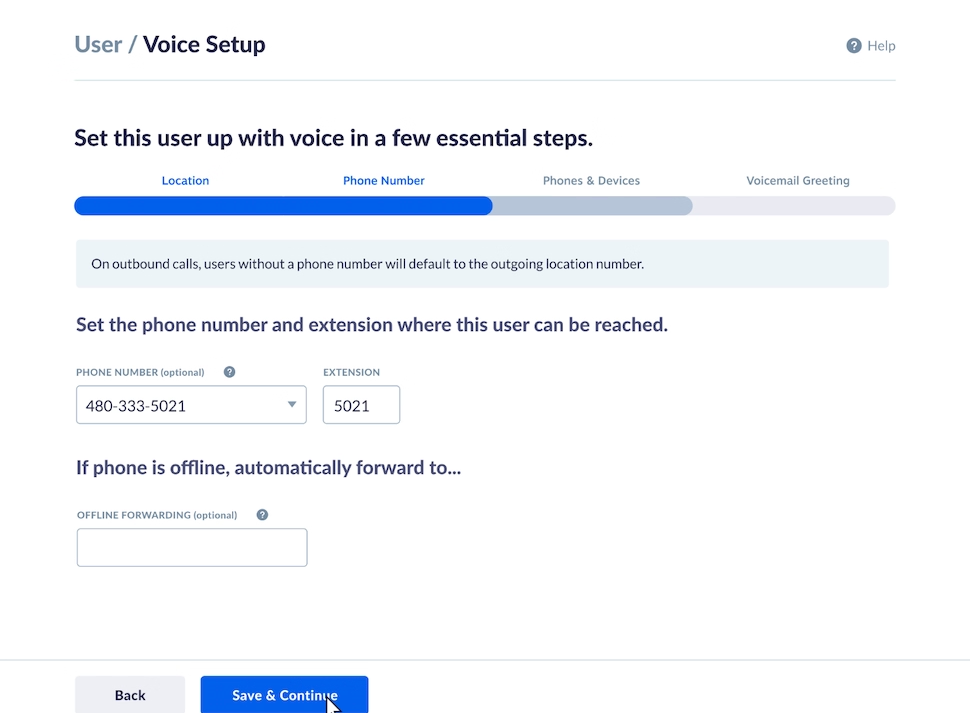


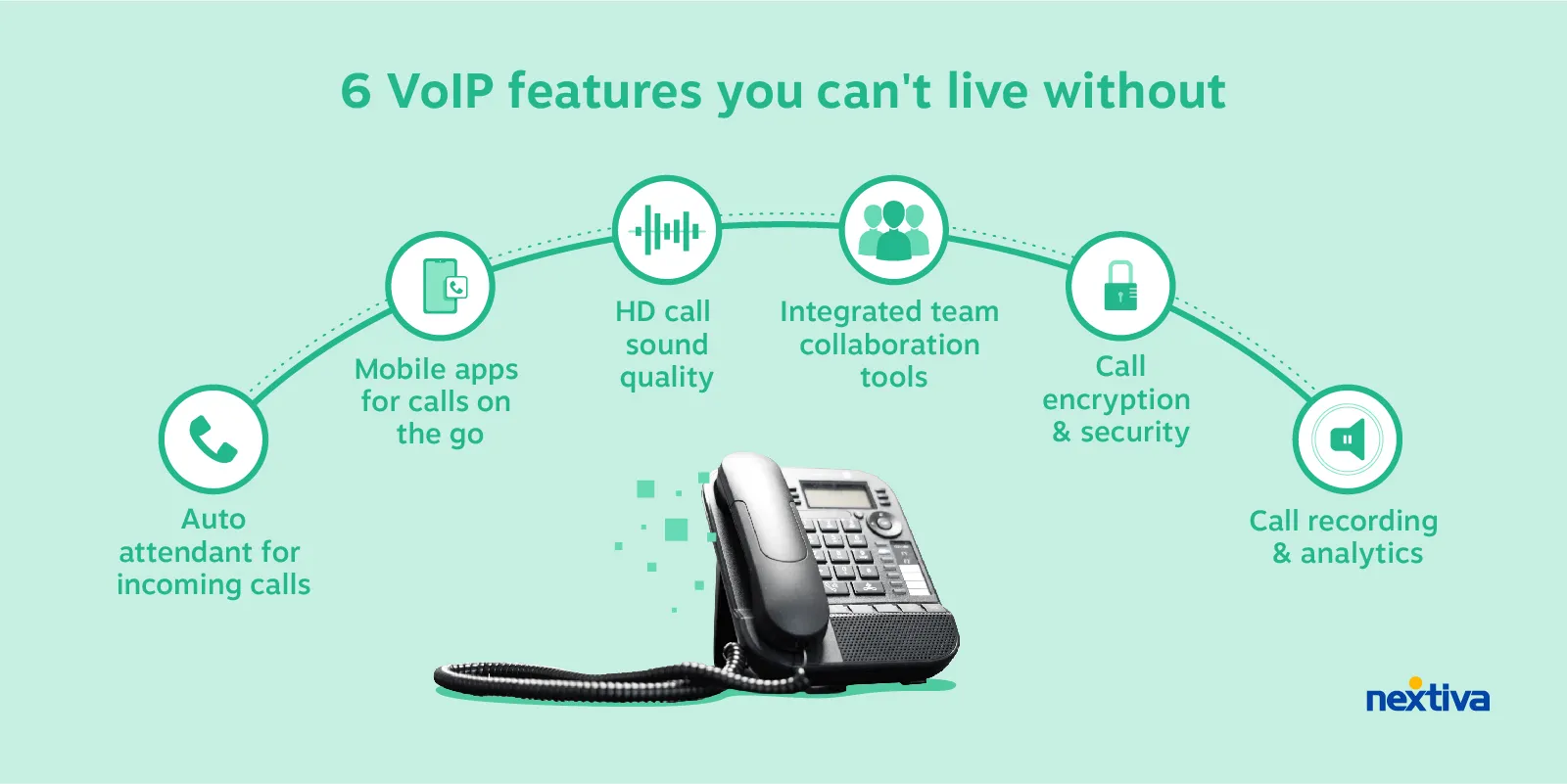
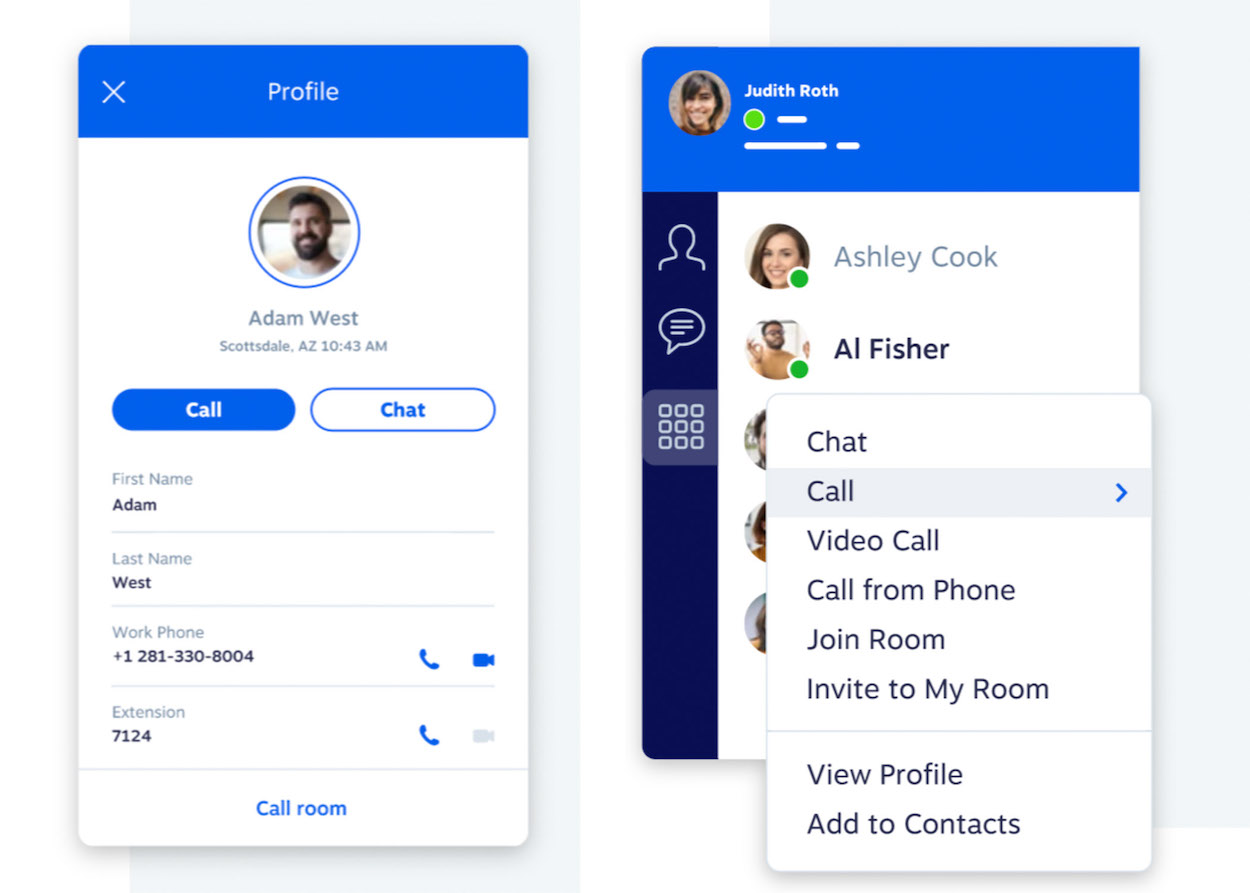
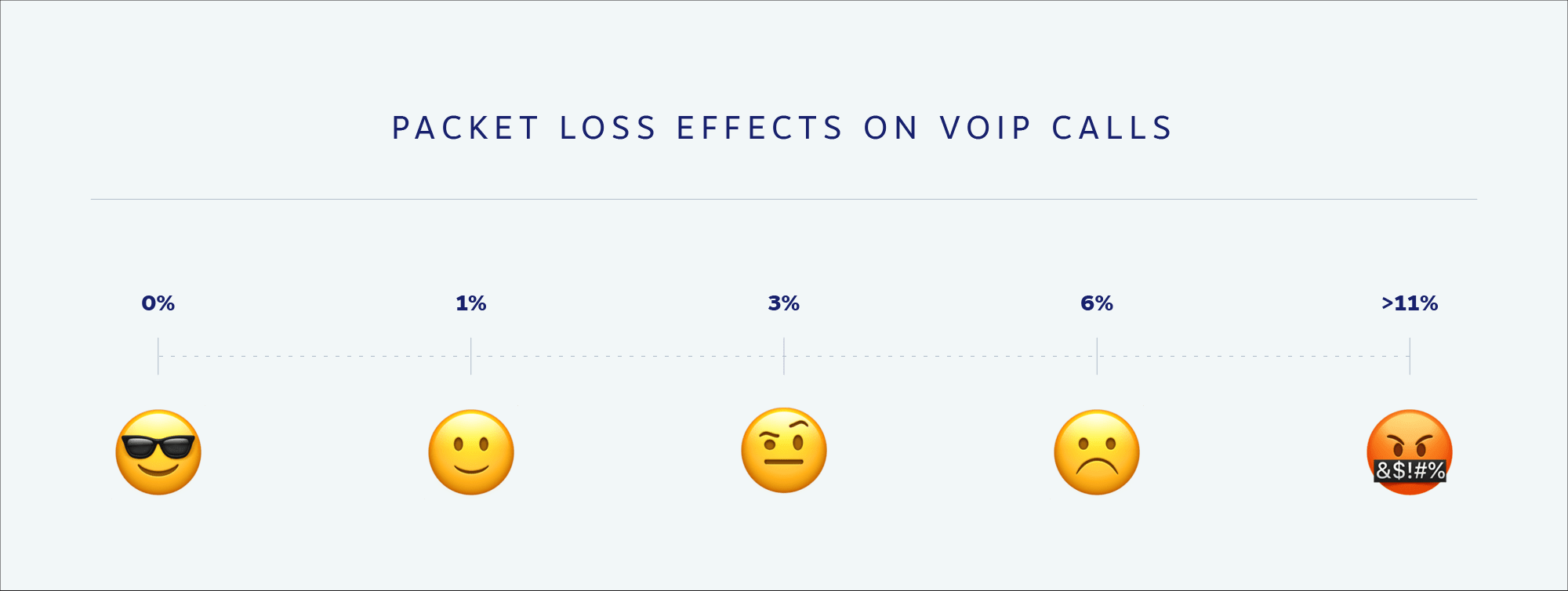



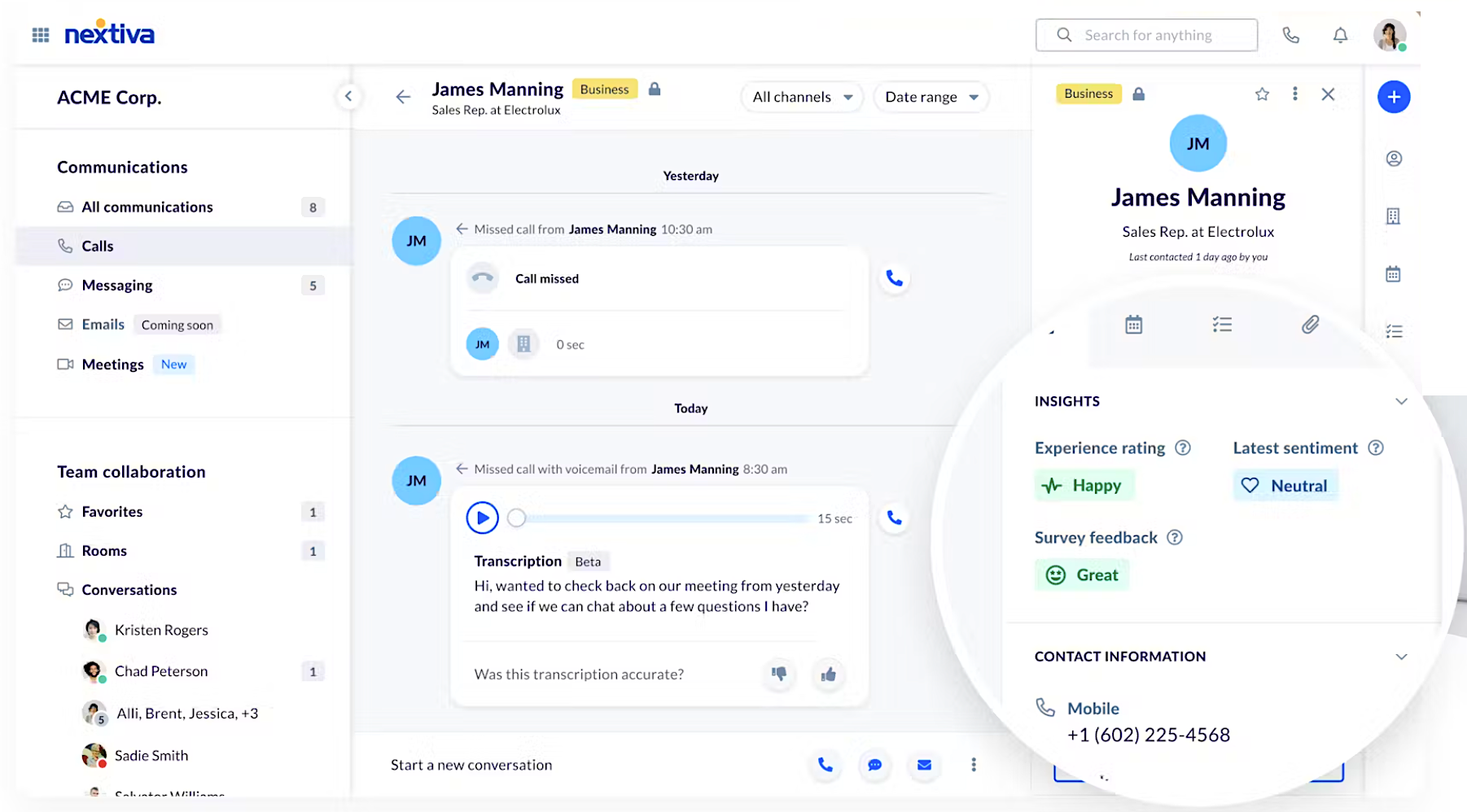
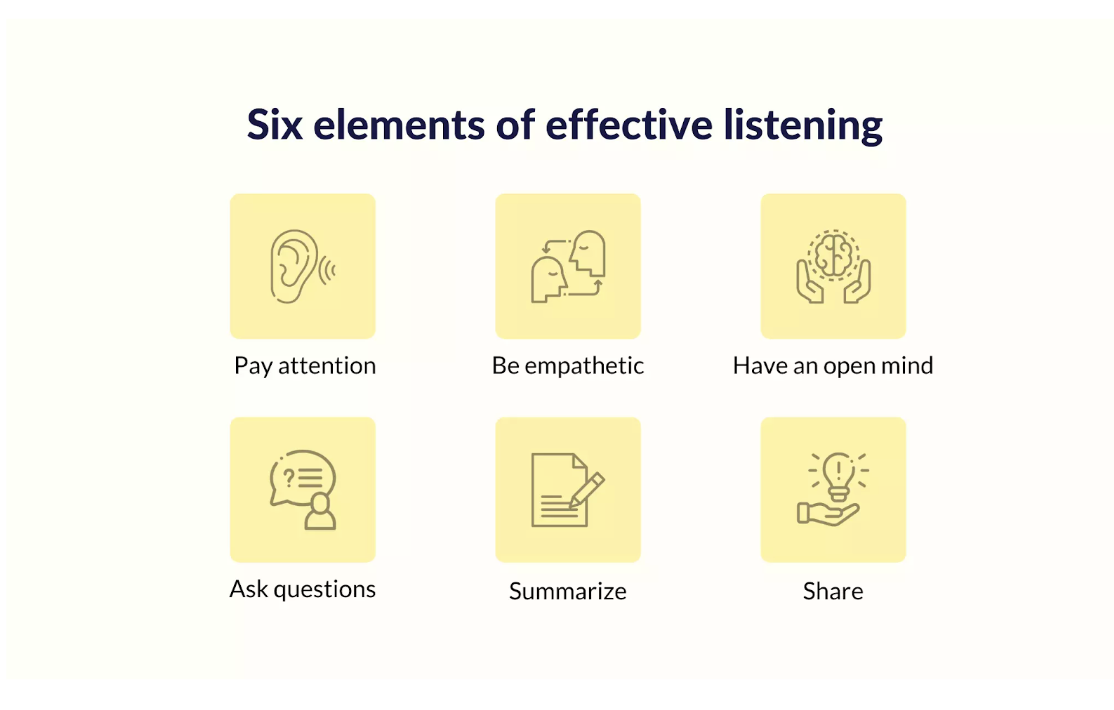

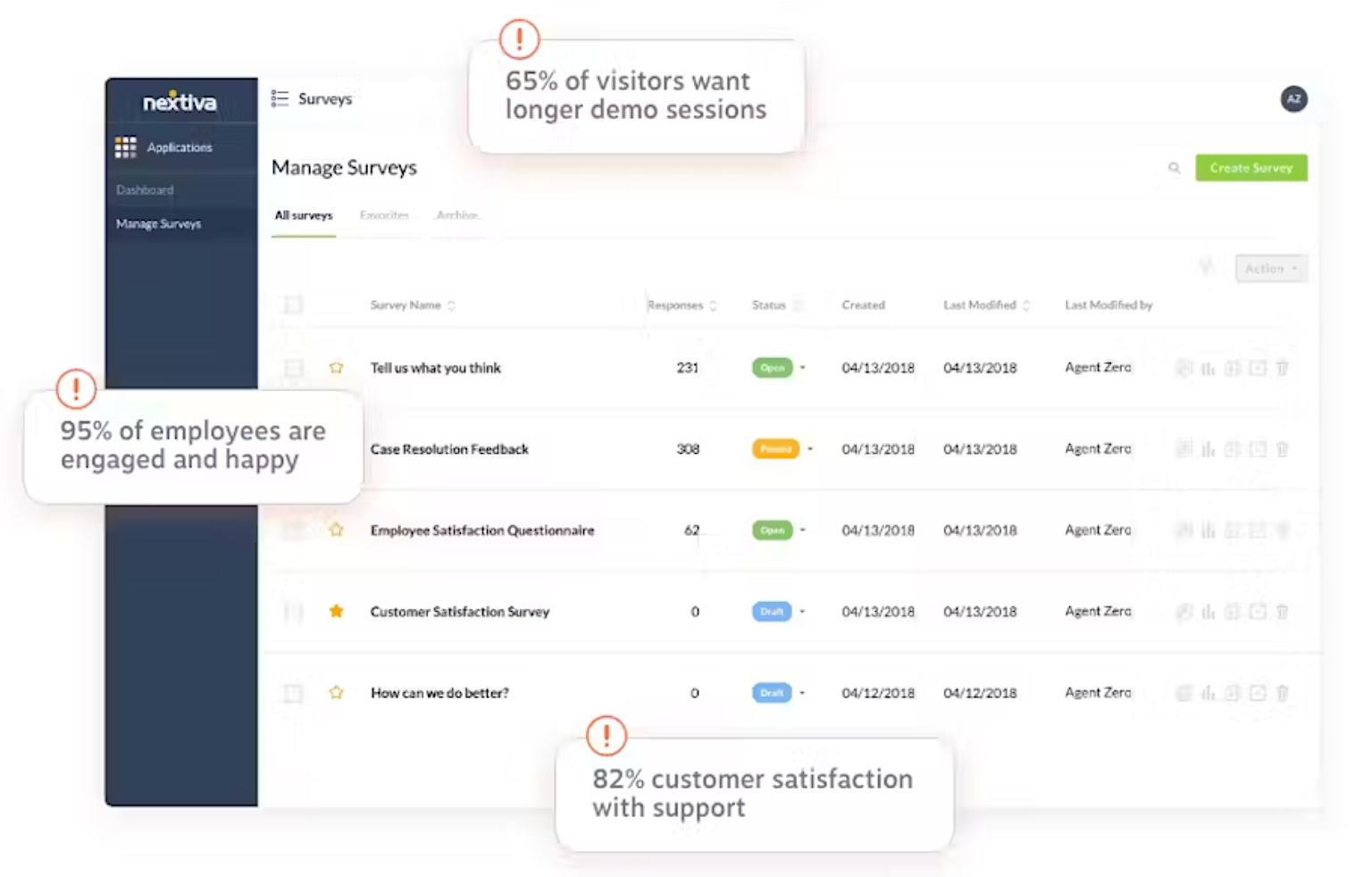
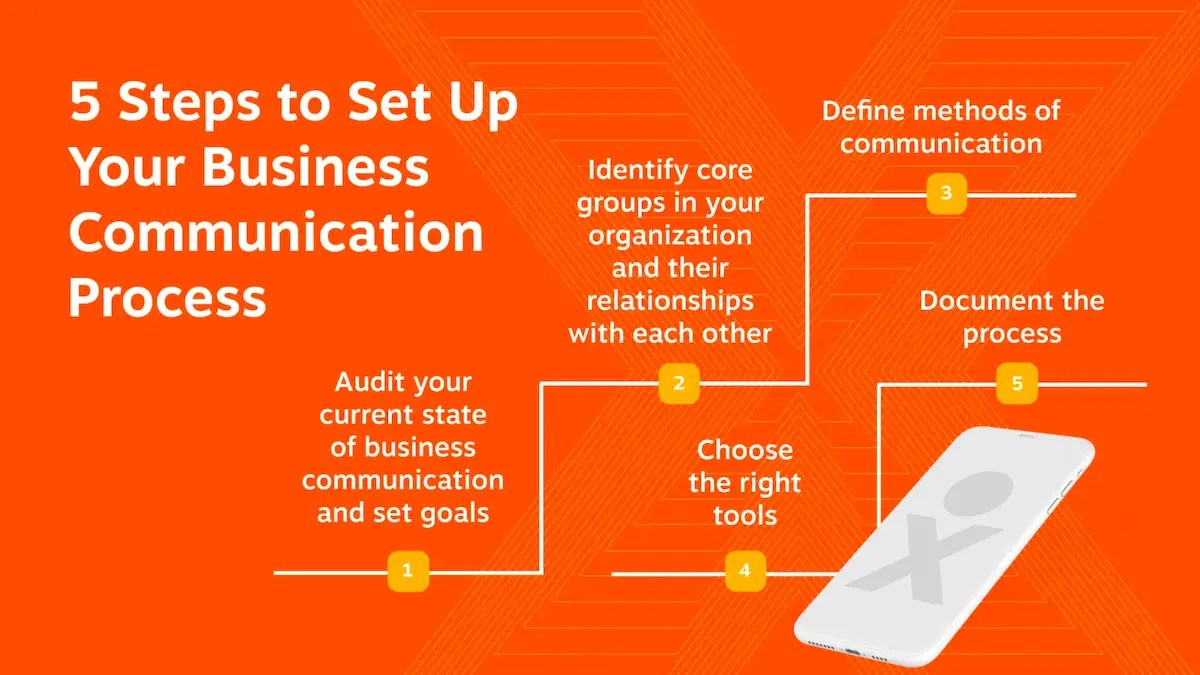
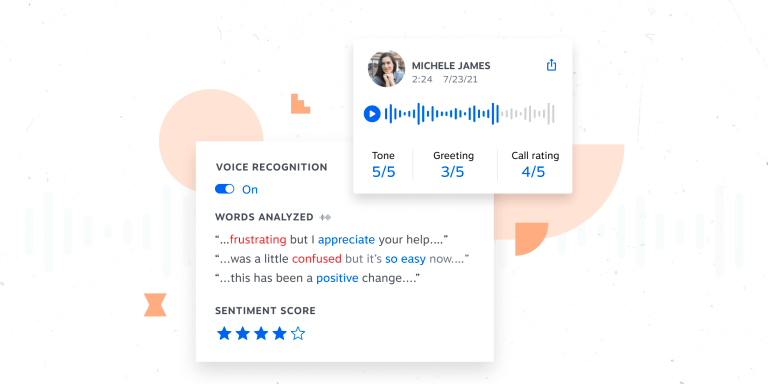
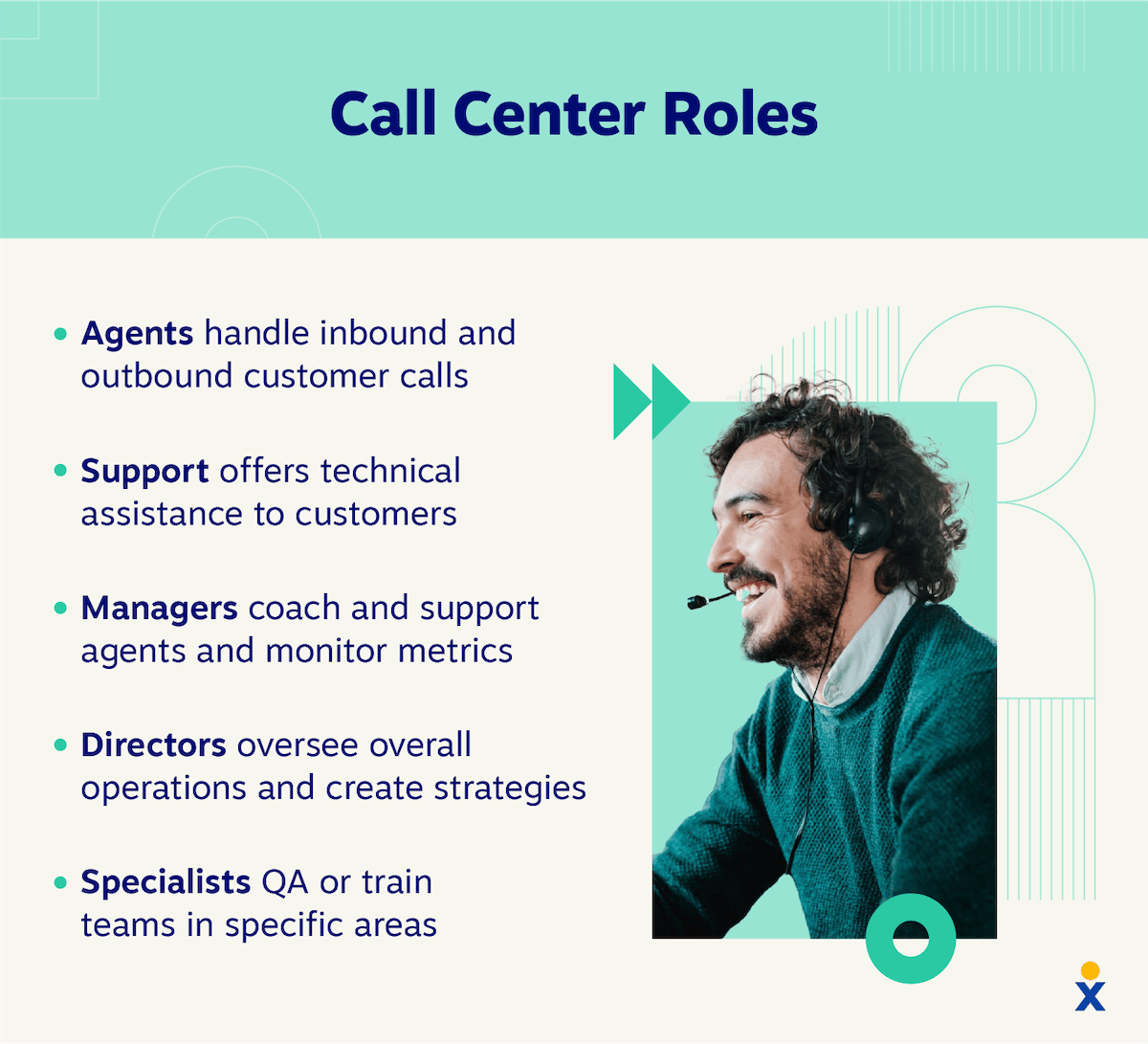
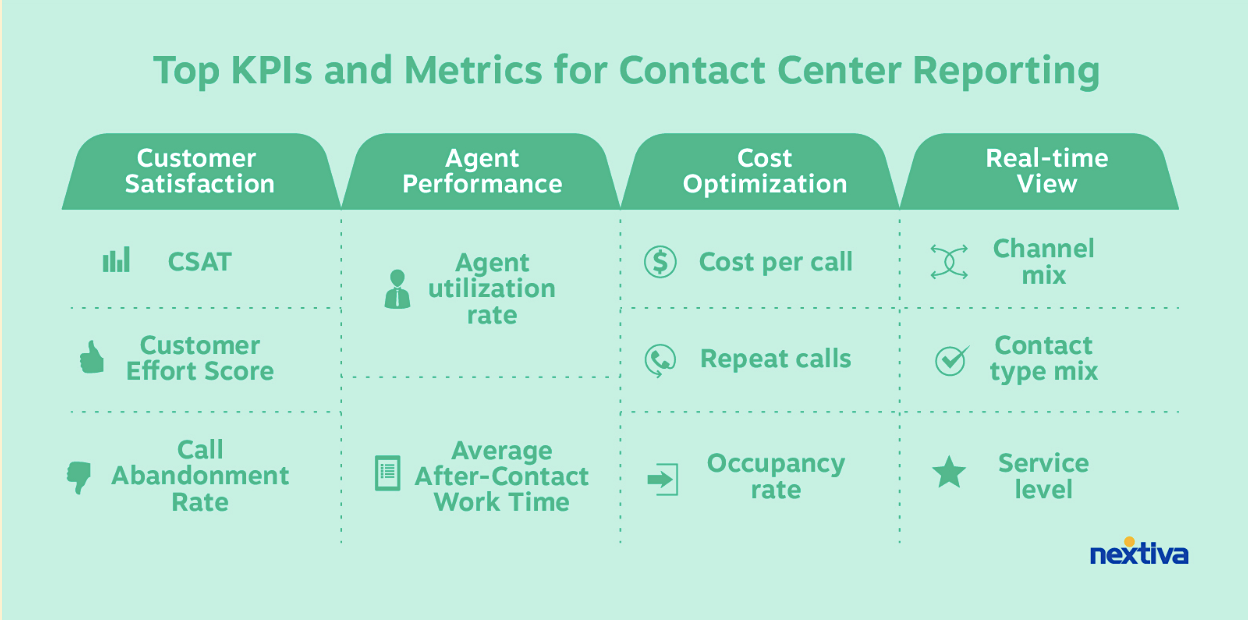




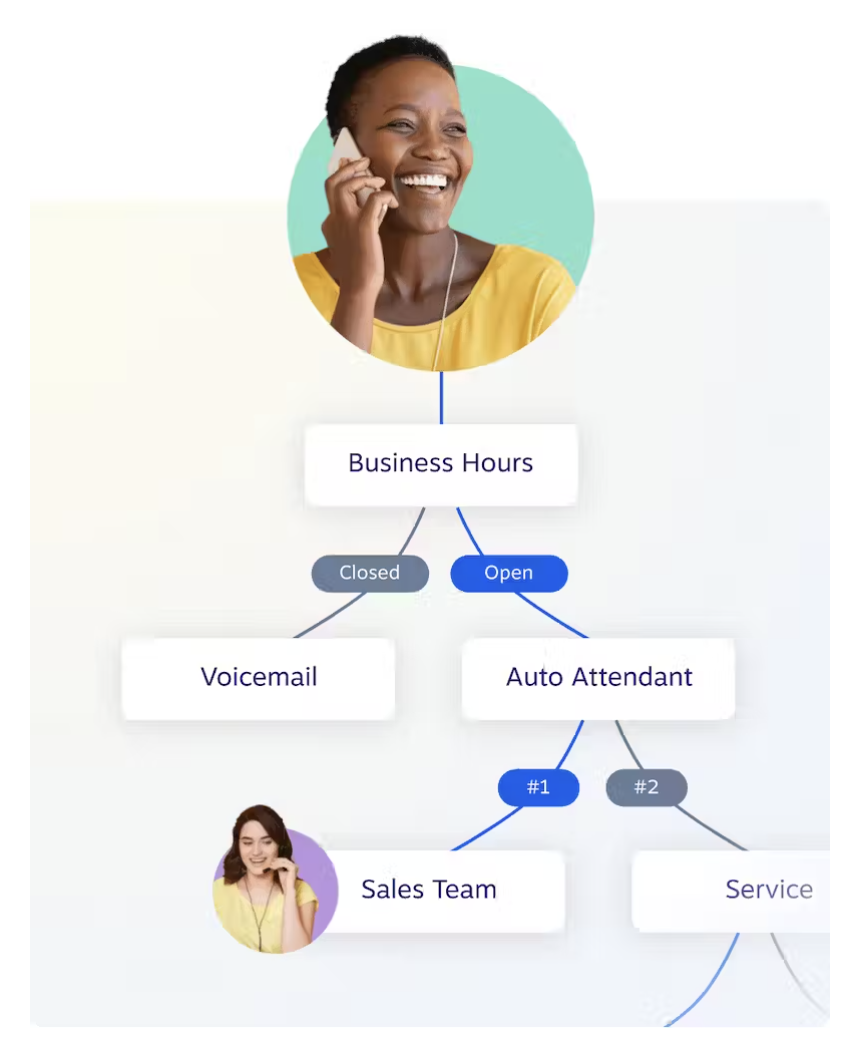





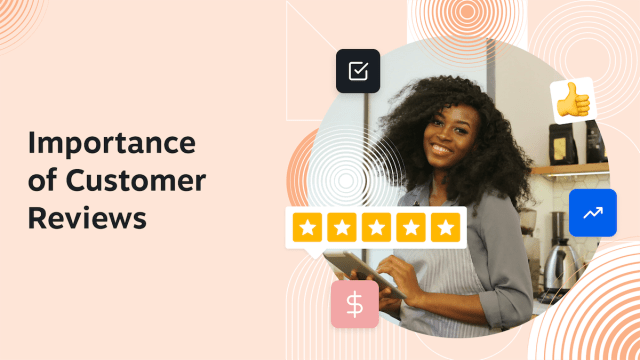
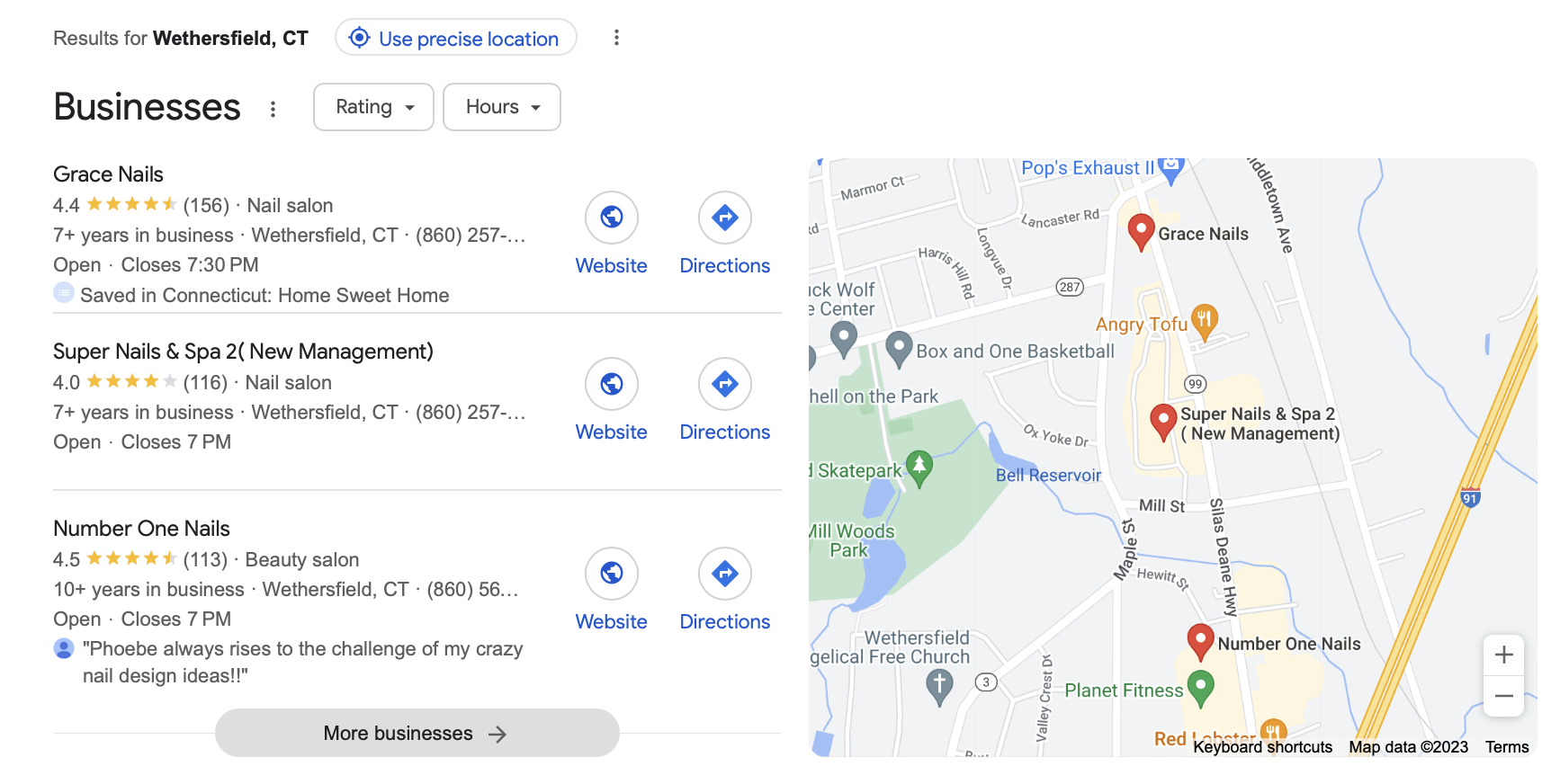

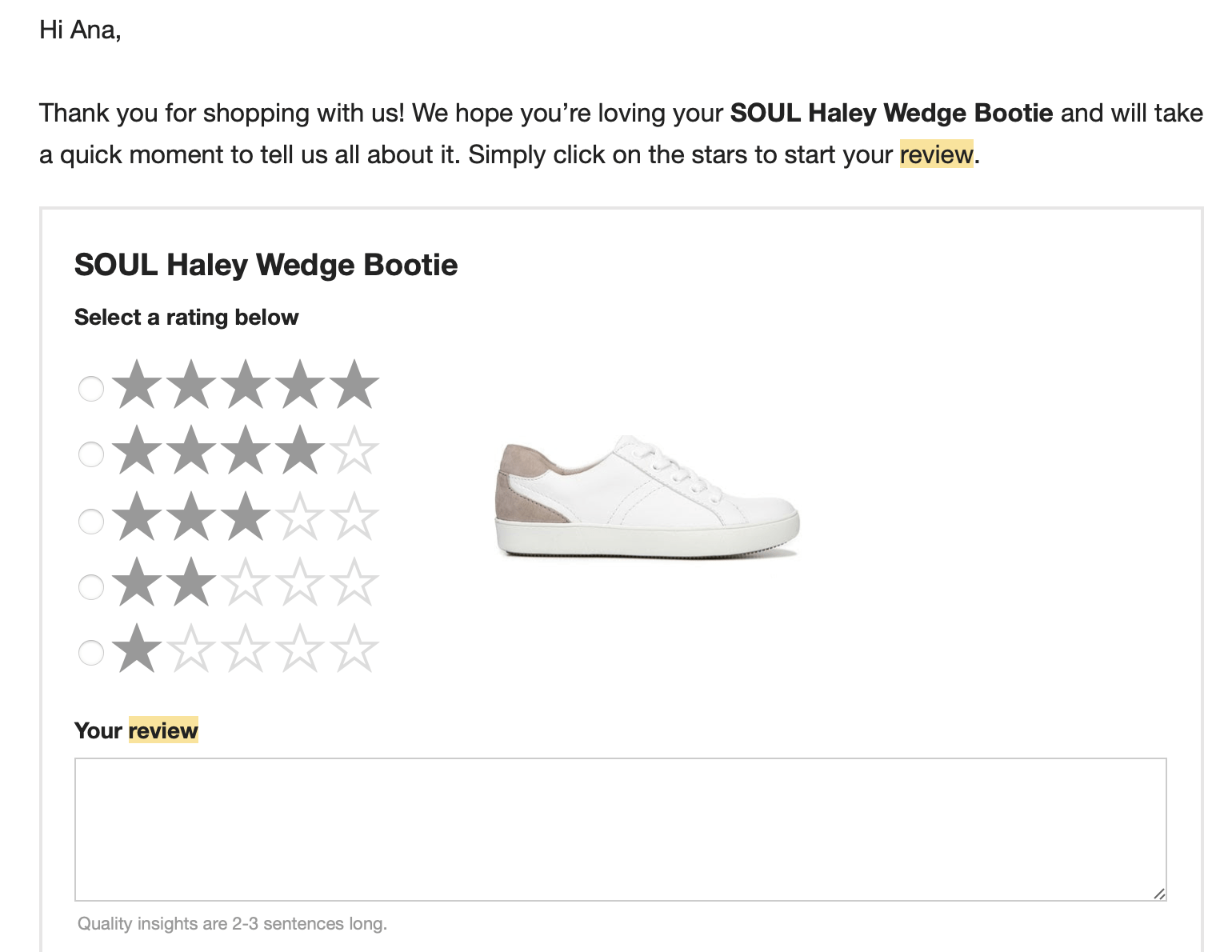
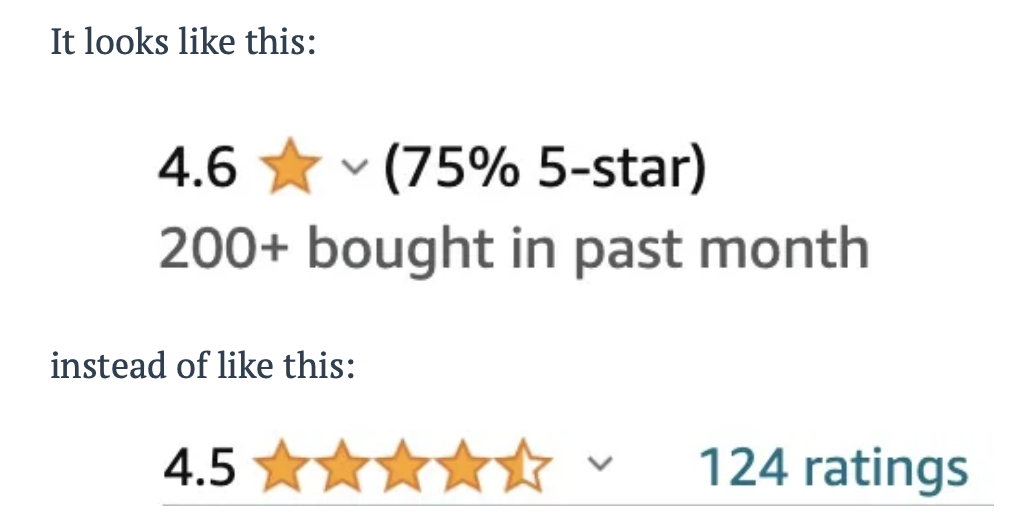




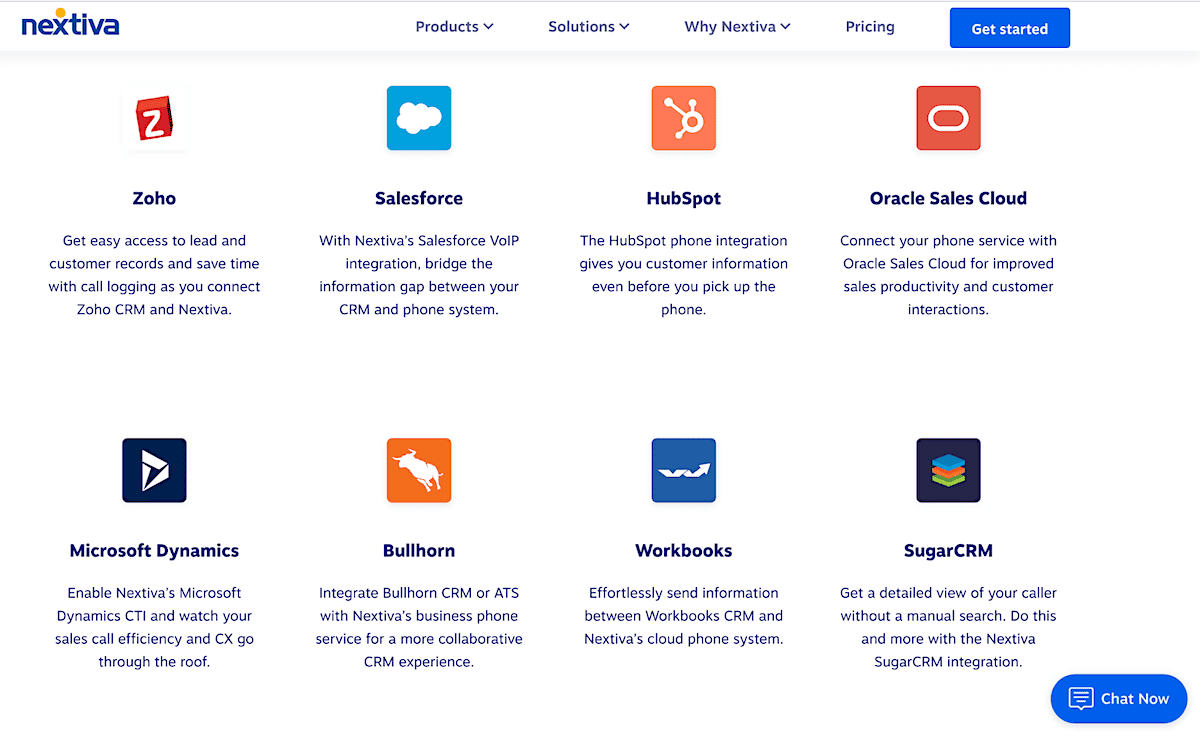
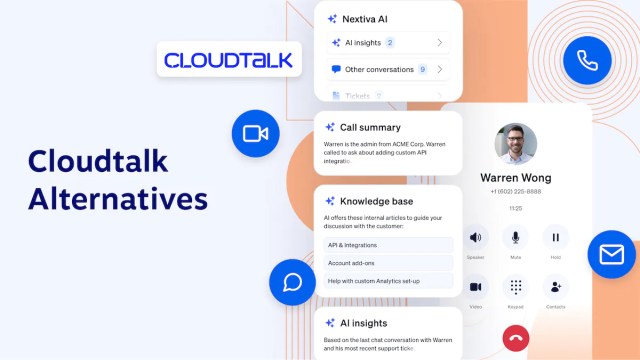

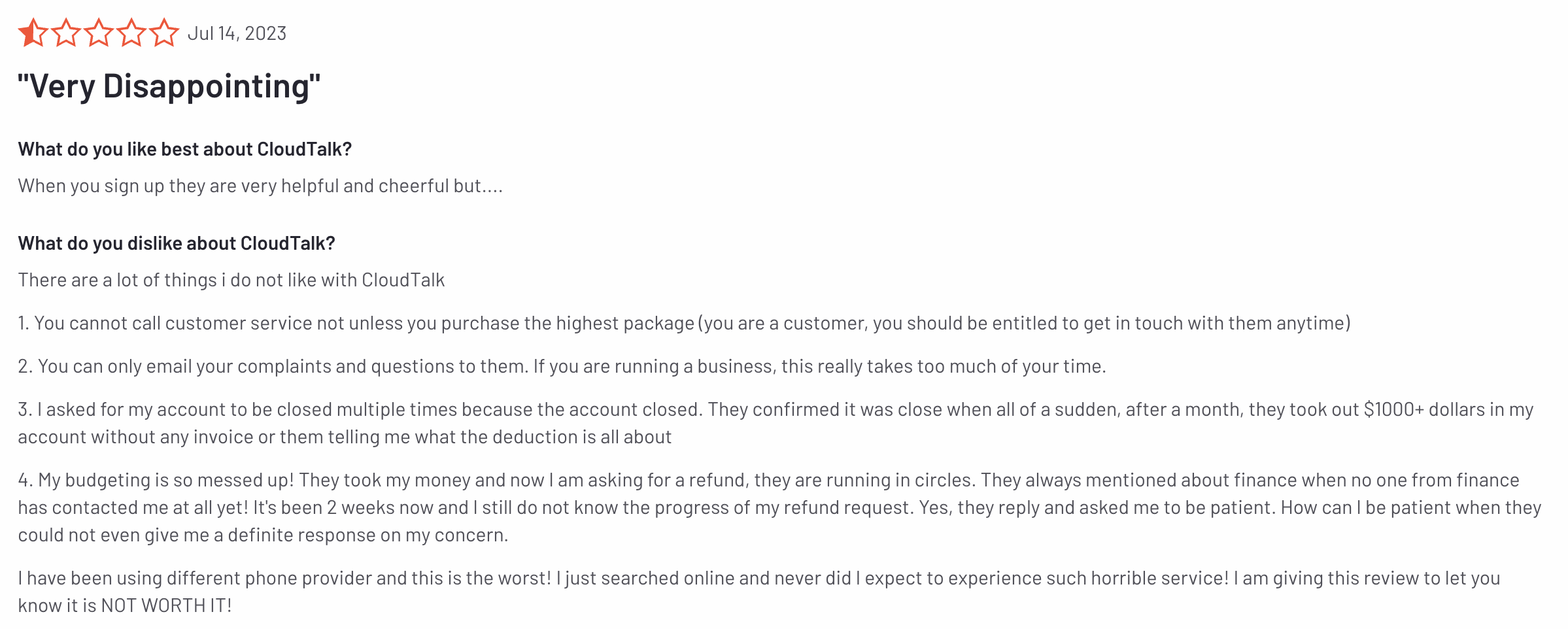
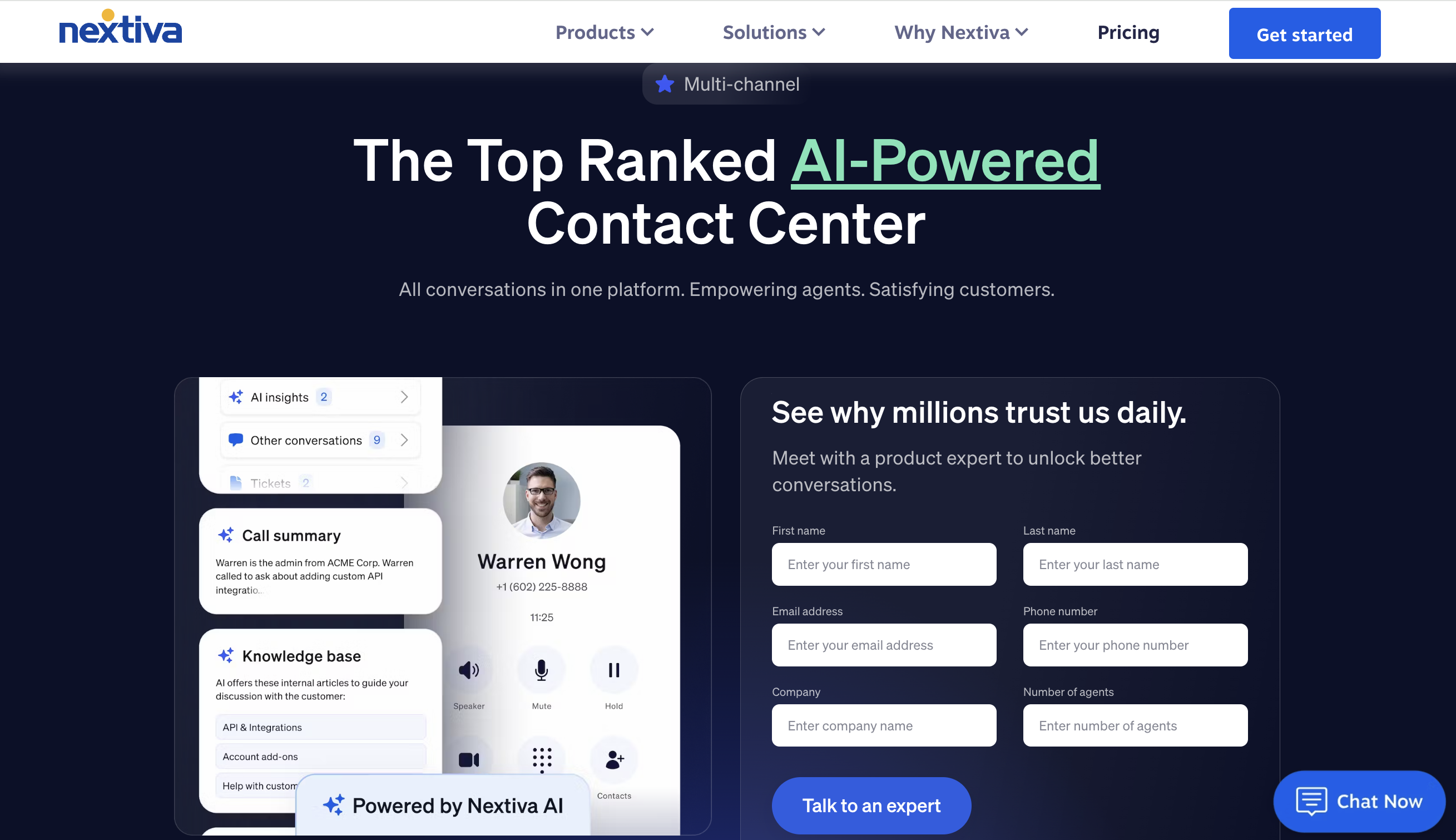
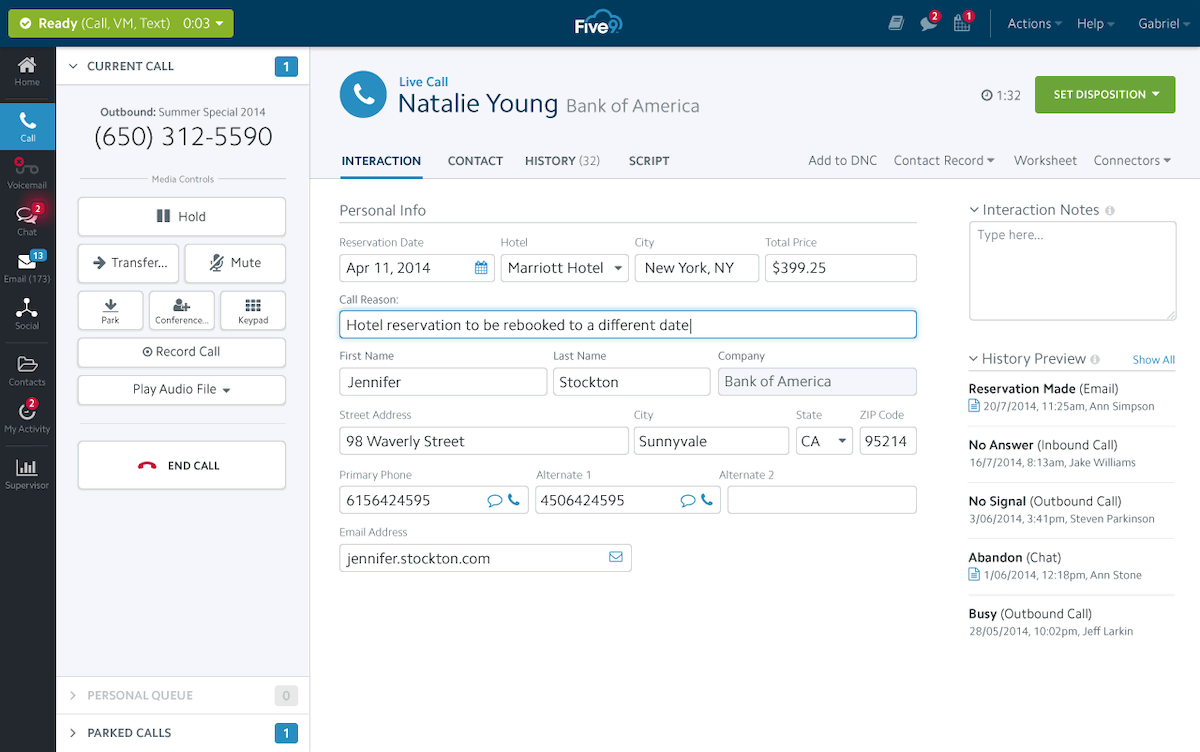

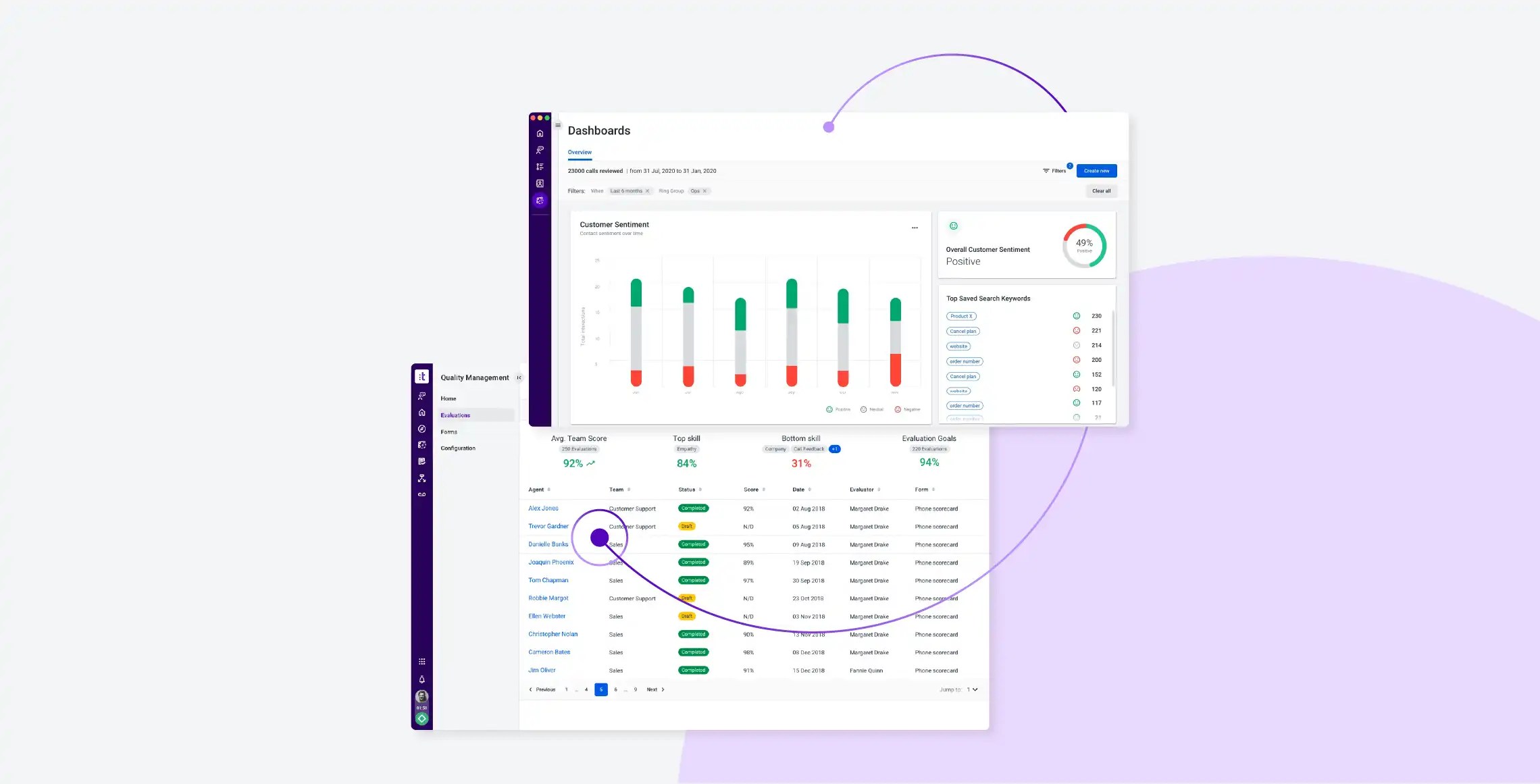



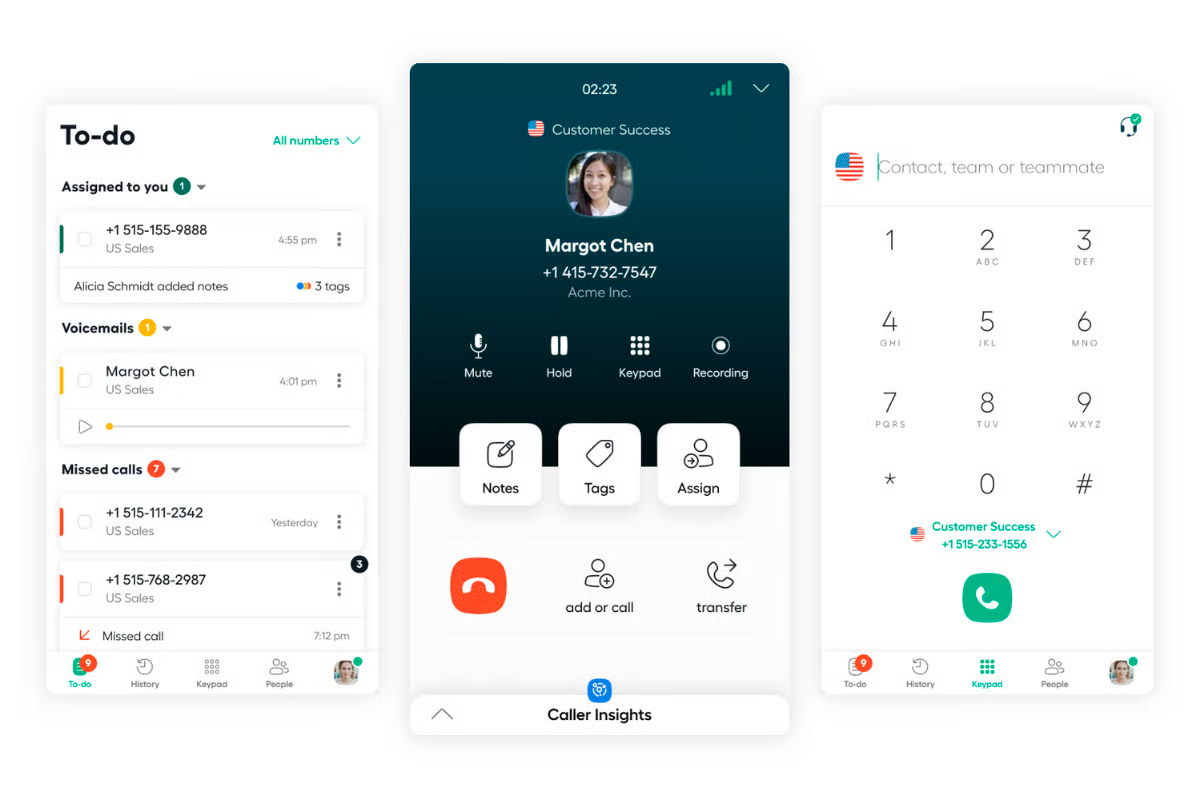


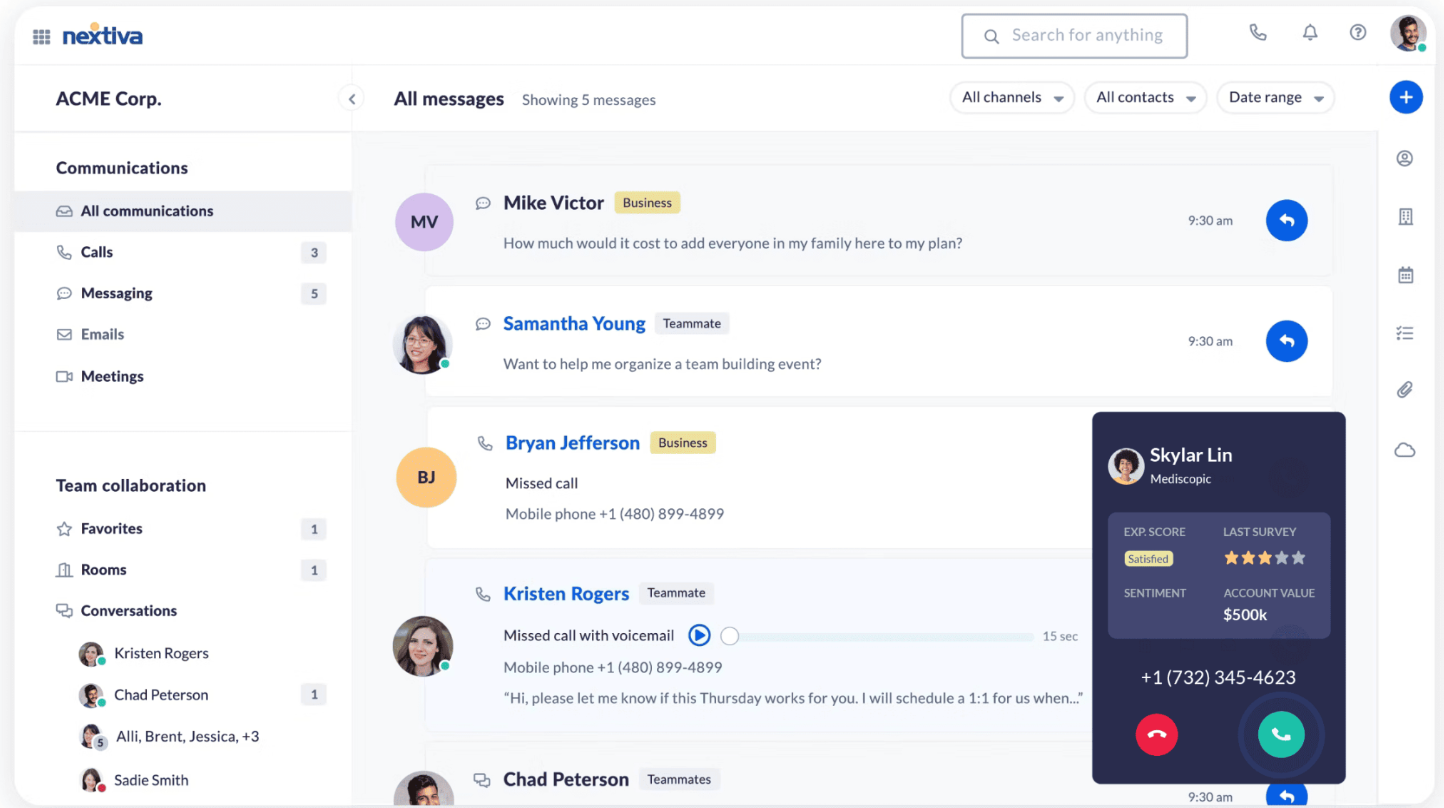
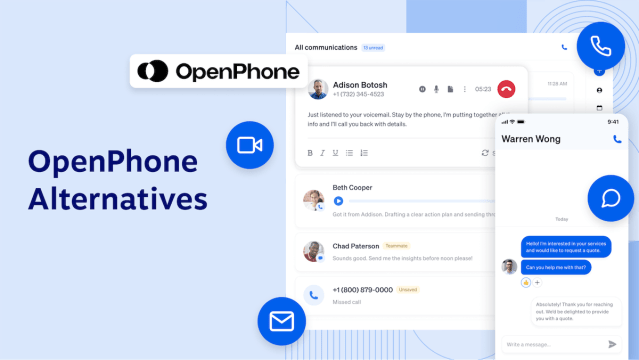

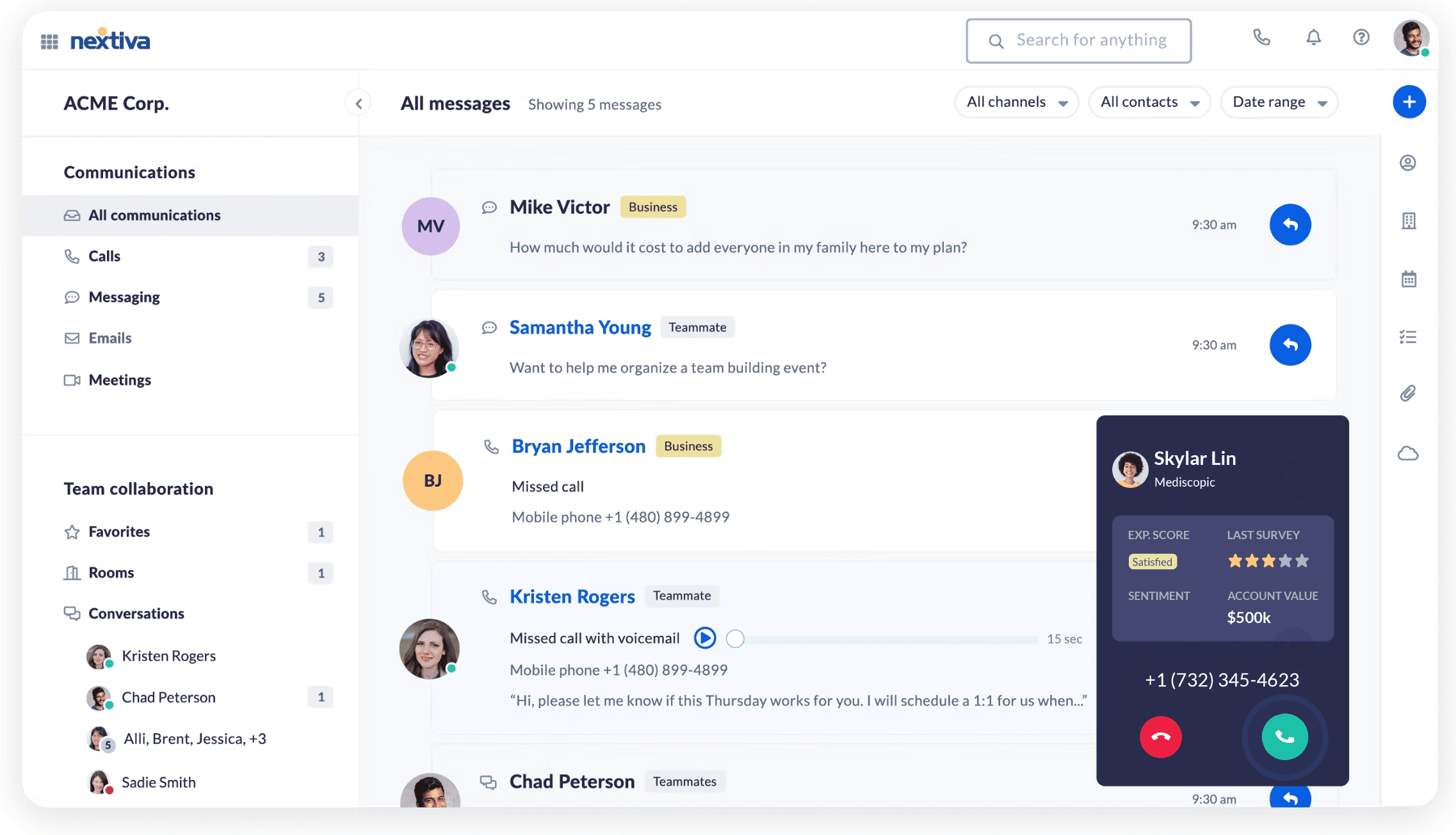

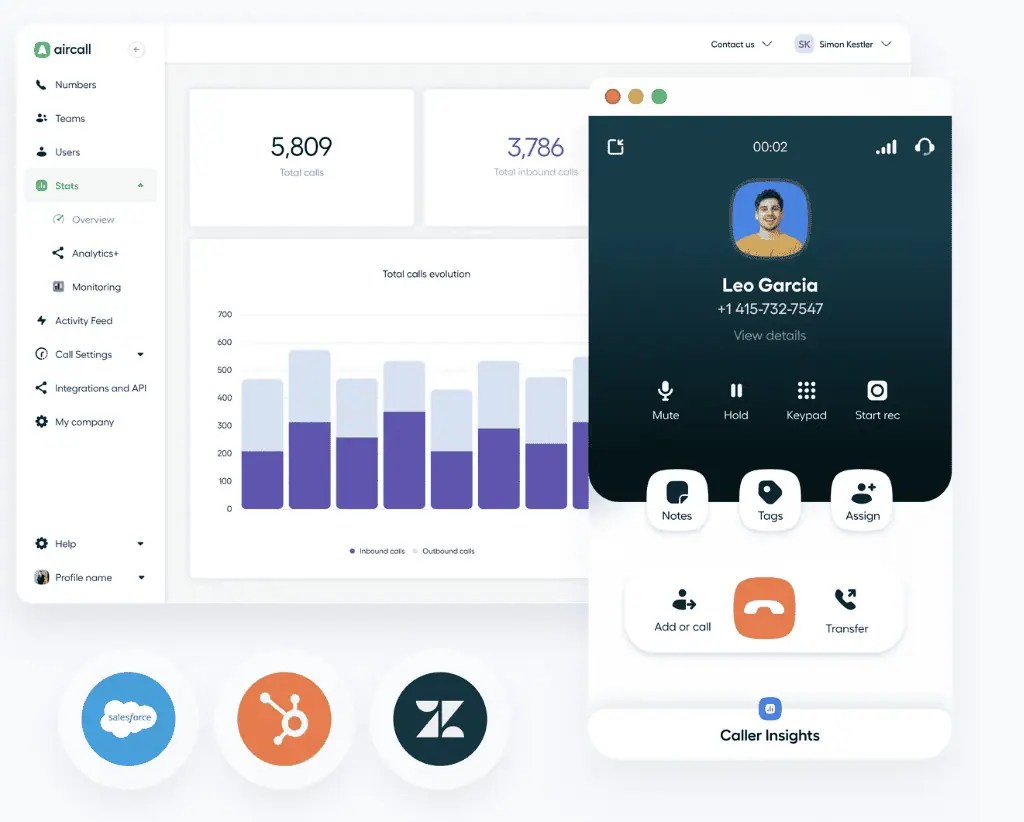
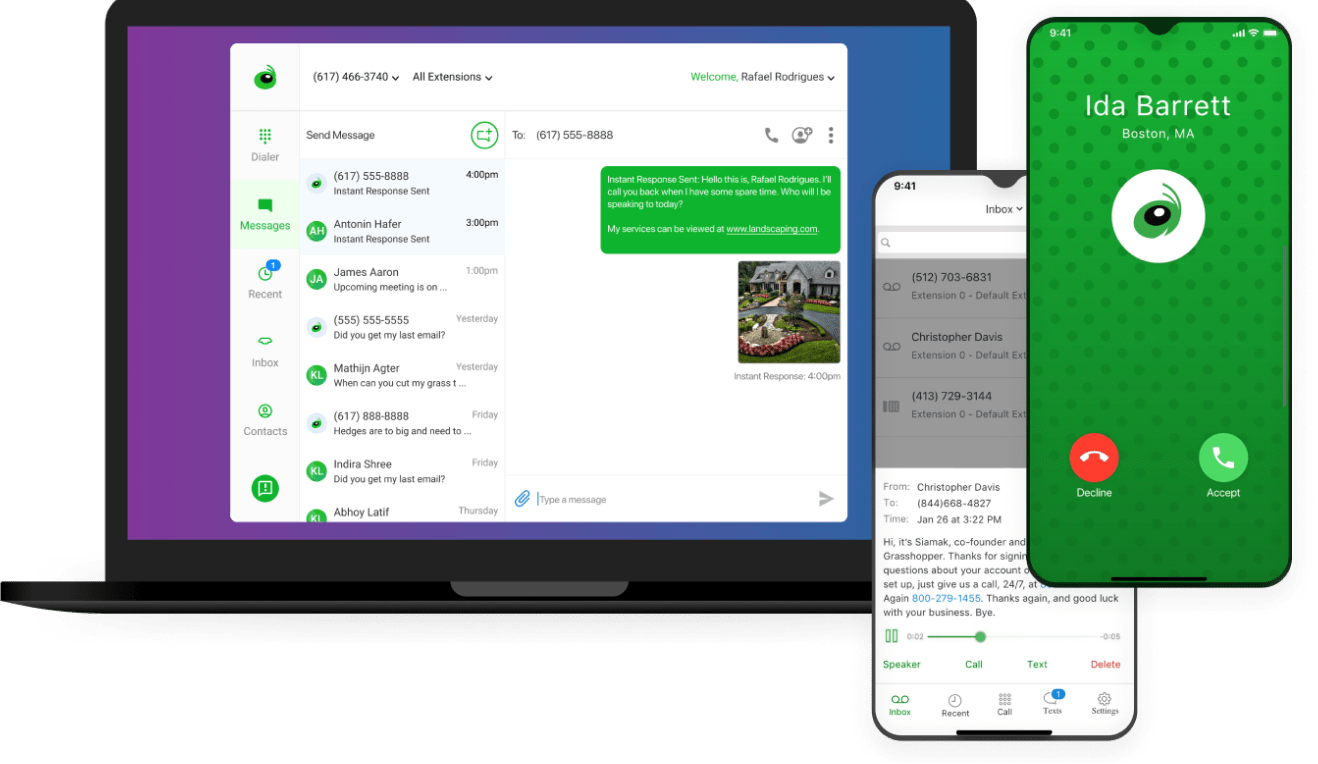



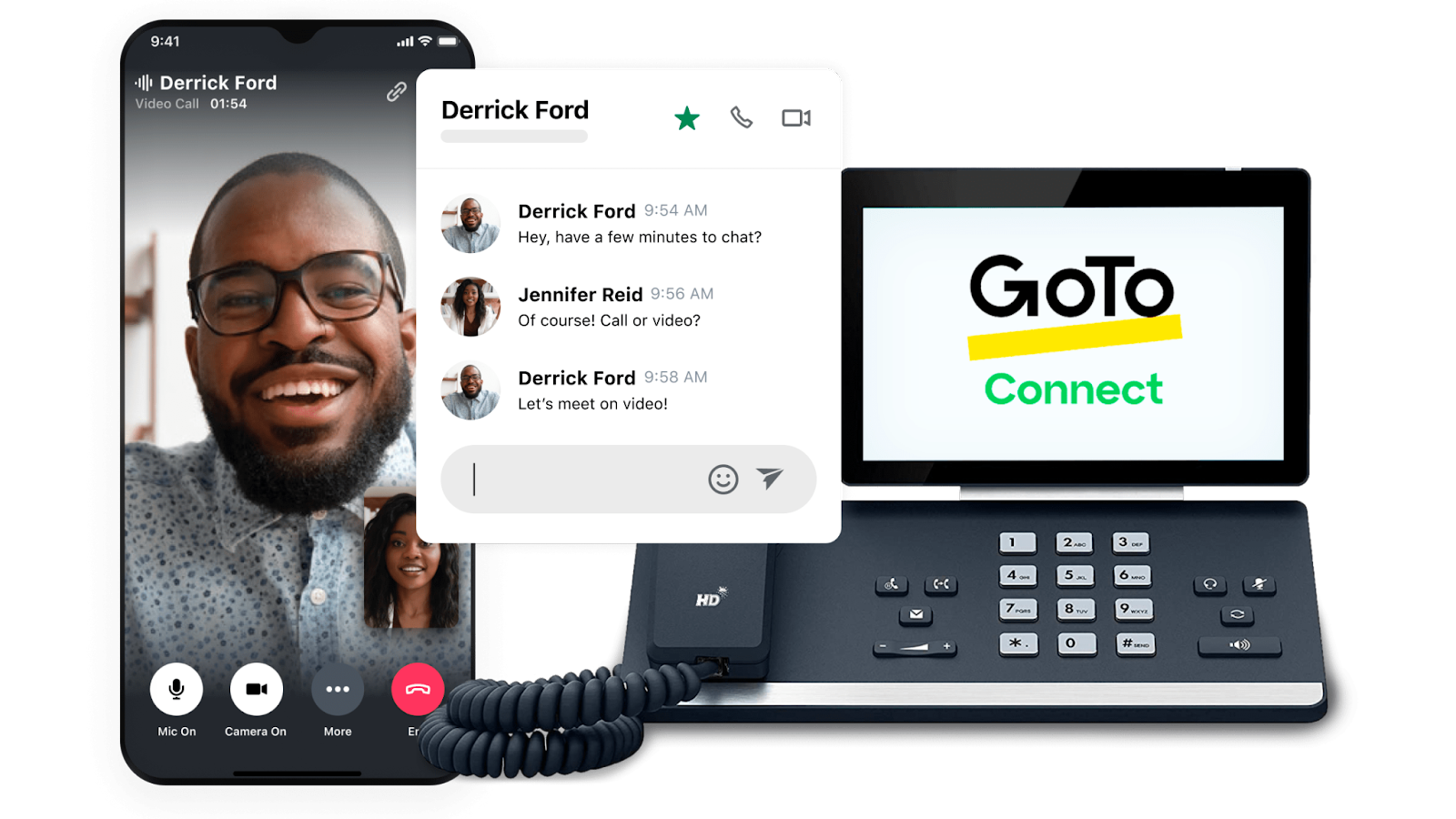

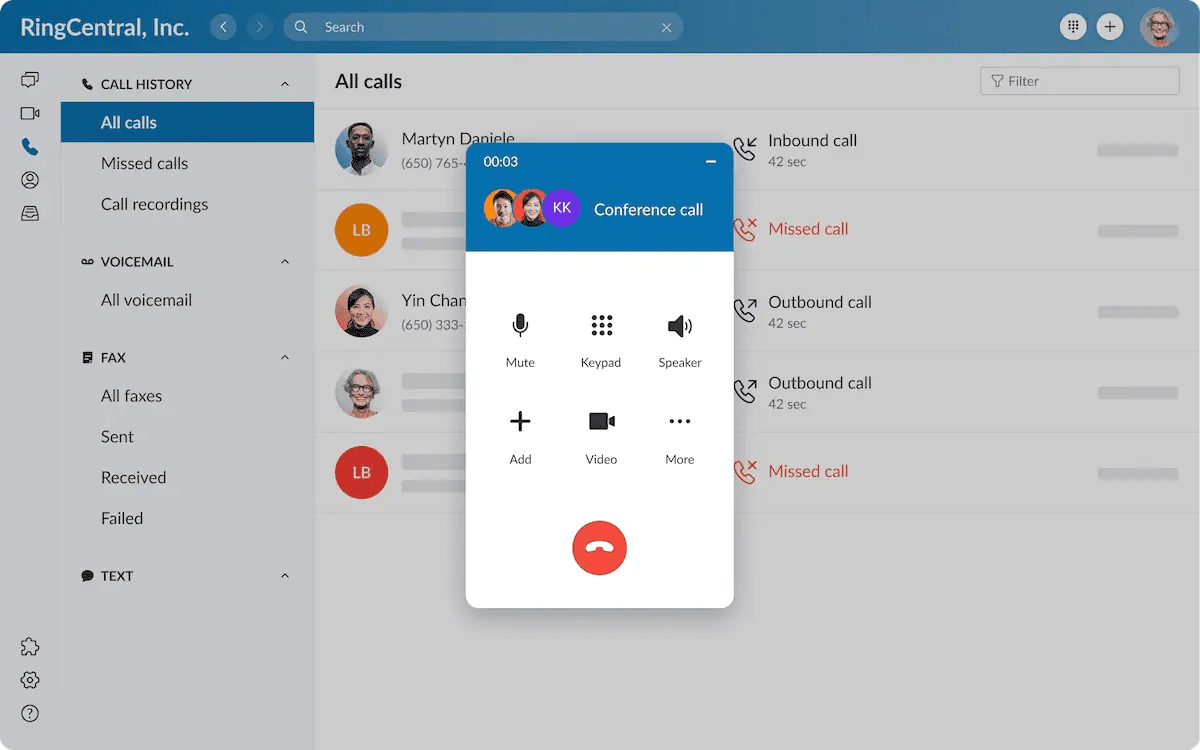

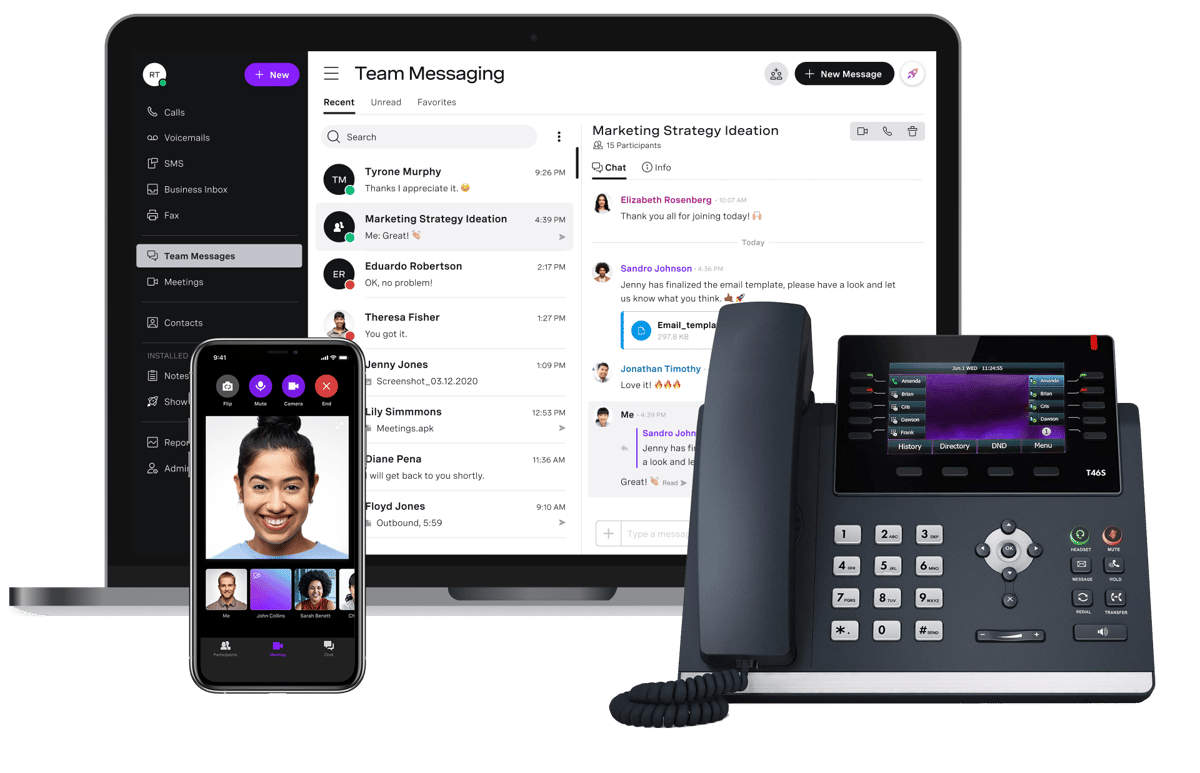



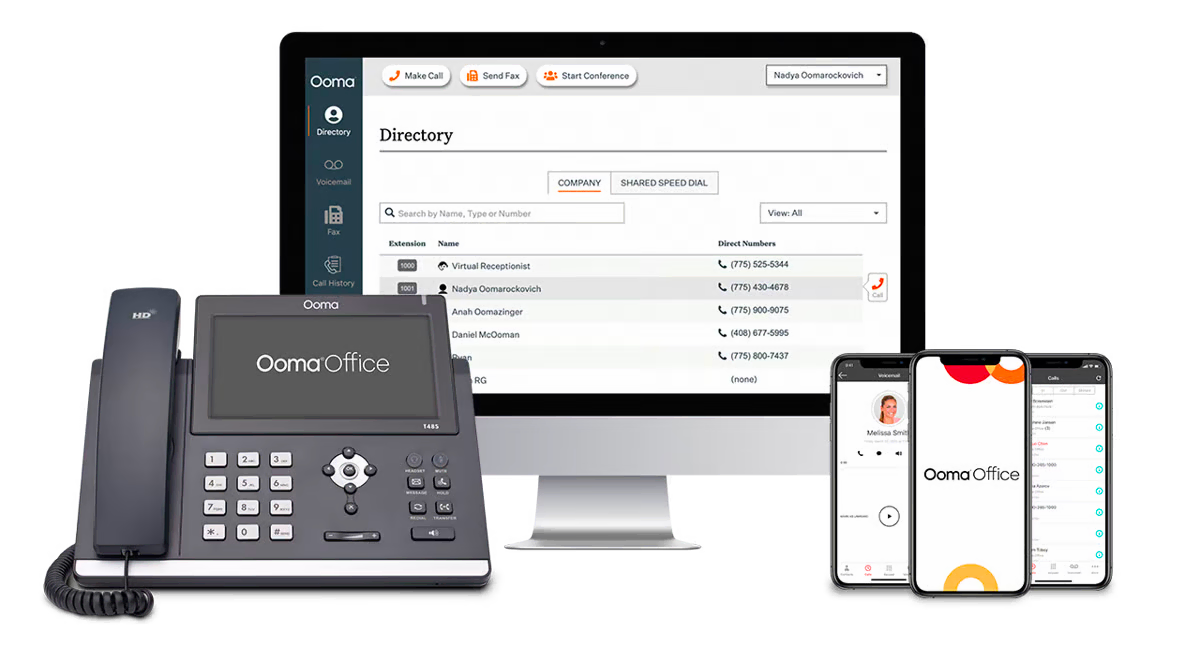

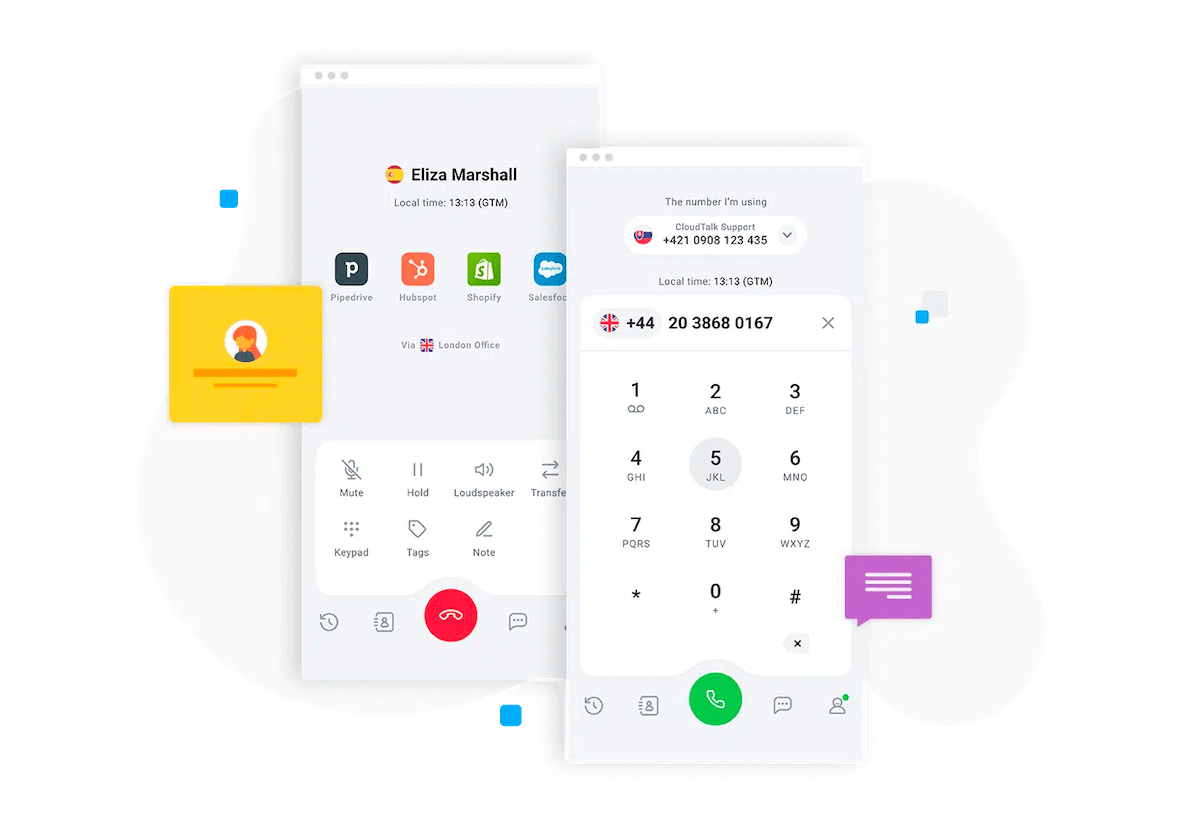

![Top 7 Five9 Alternatives & Competitors [Easy To Use in 2024]](https://www.nextiva.com/blog/wp-content/uploads/sites/2/2024/02/five9-alternatives-competitors.webp?w=640)
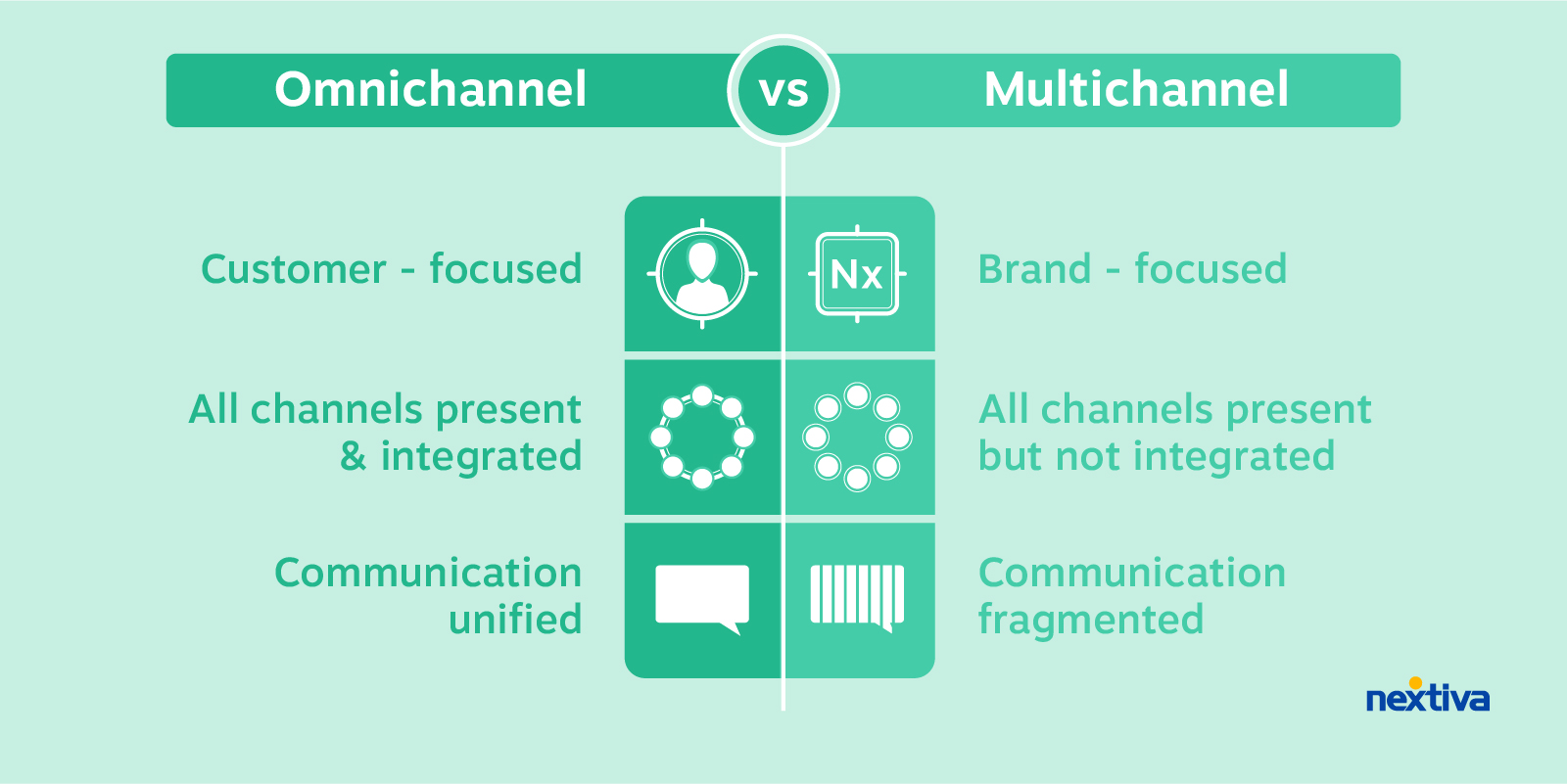
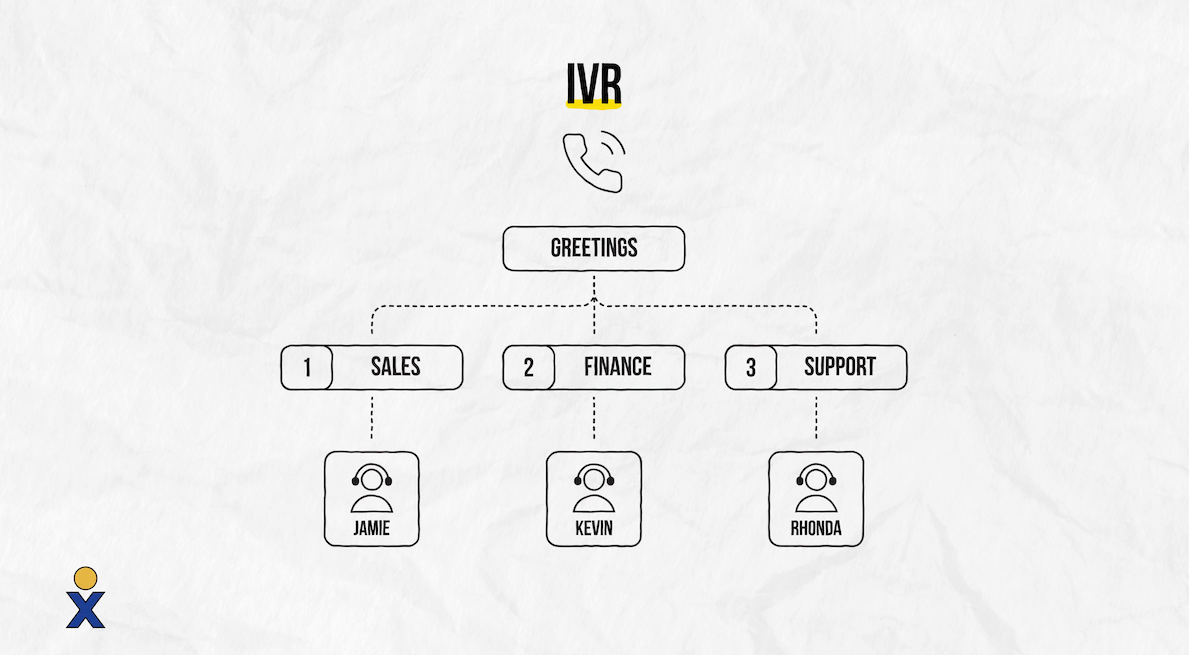

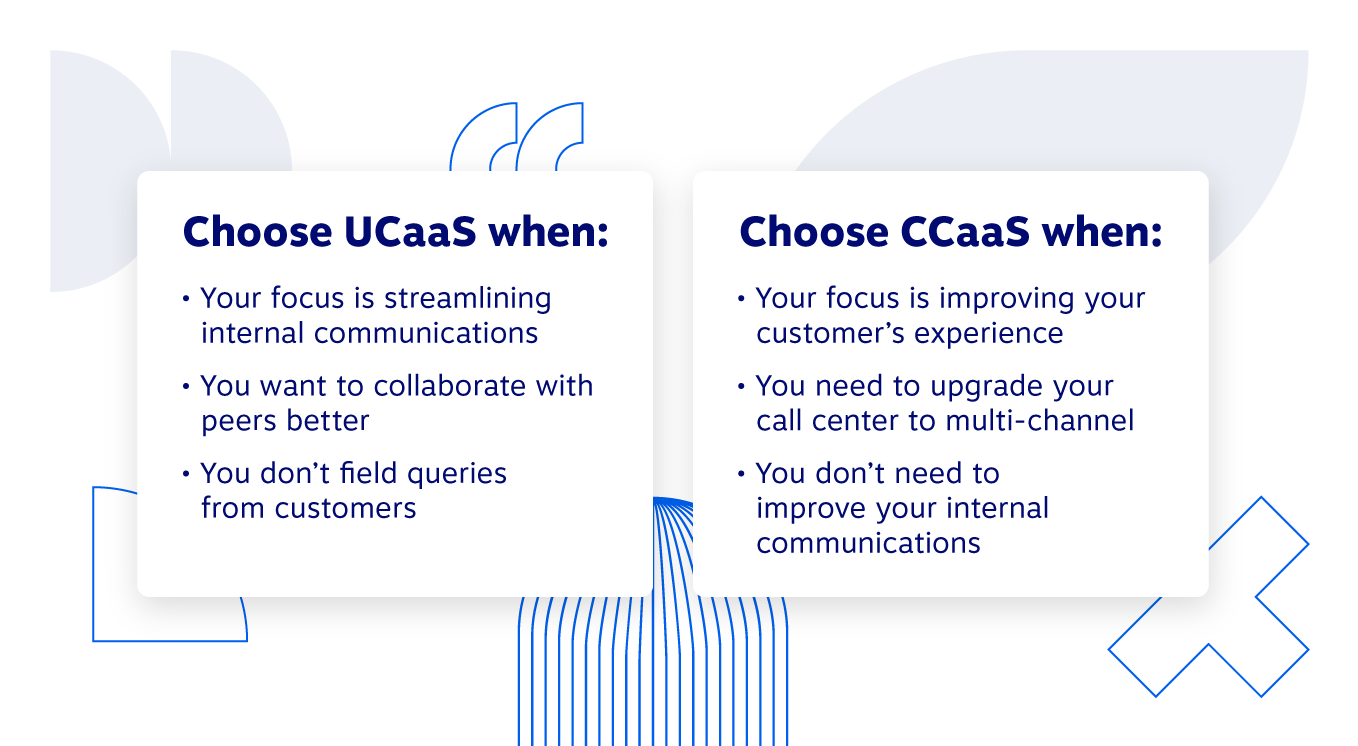
![Integrating UCaaS and CCaaS for Better Customer Experience [New E-Book]](https://www.nextiva.com/blog/wp-content/uploads/sites/2/integrating-ucaas-ccaas-customer-experience.jpg?w=96&h=96&crop=1)
